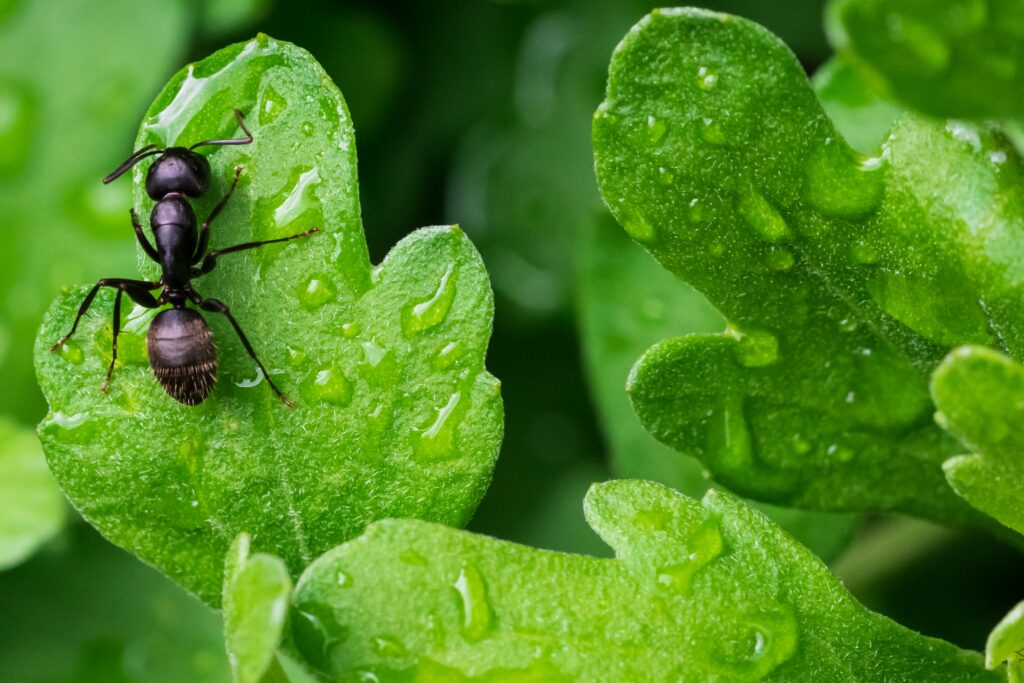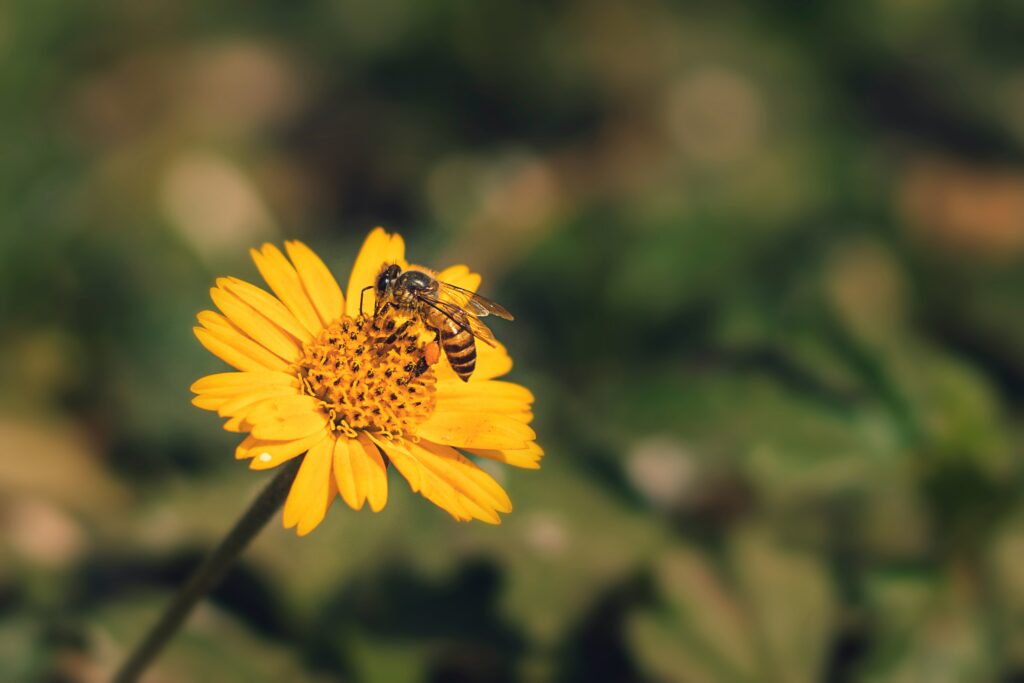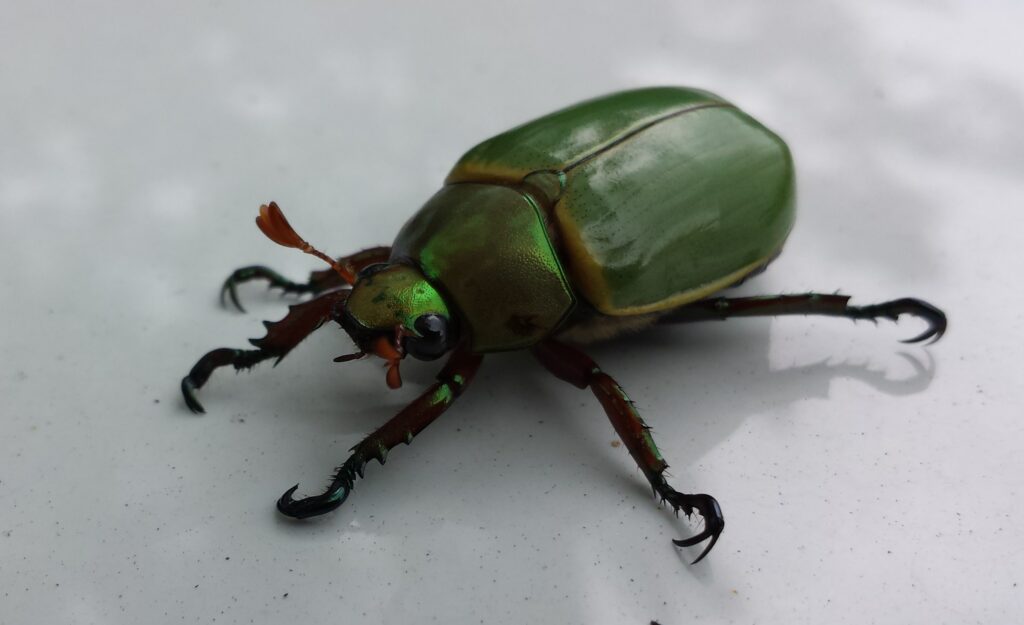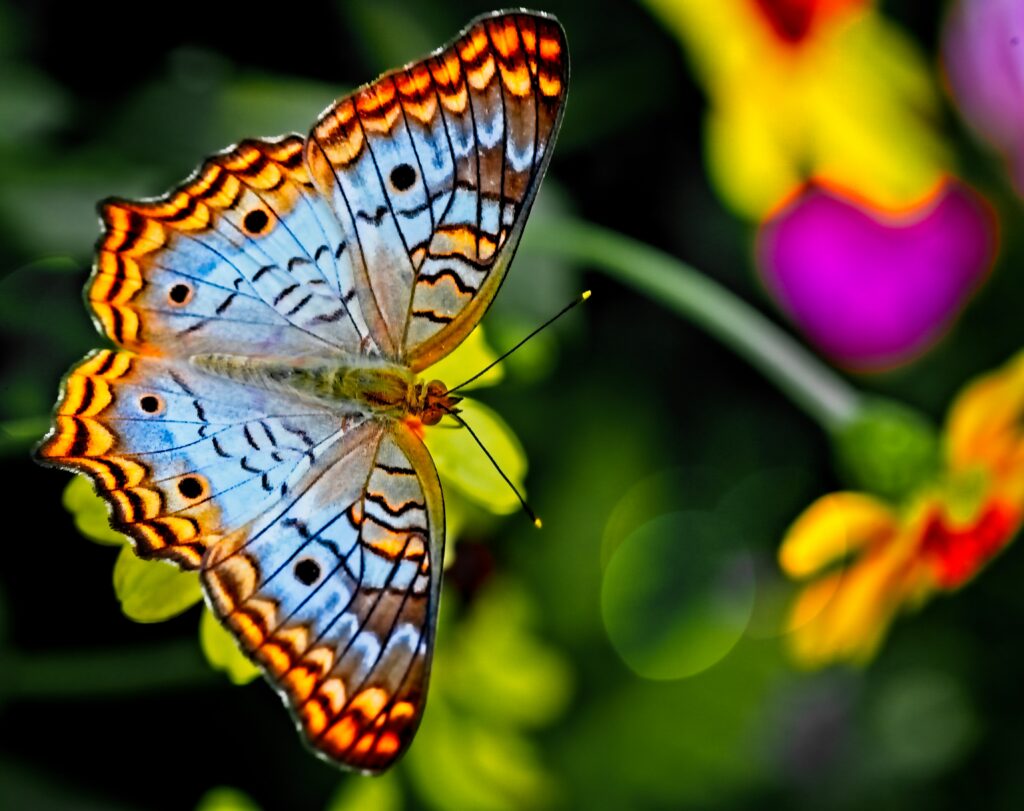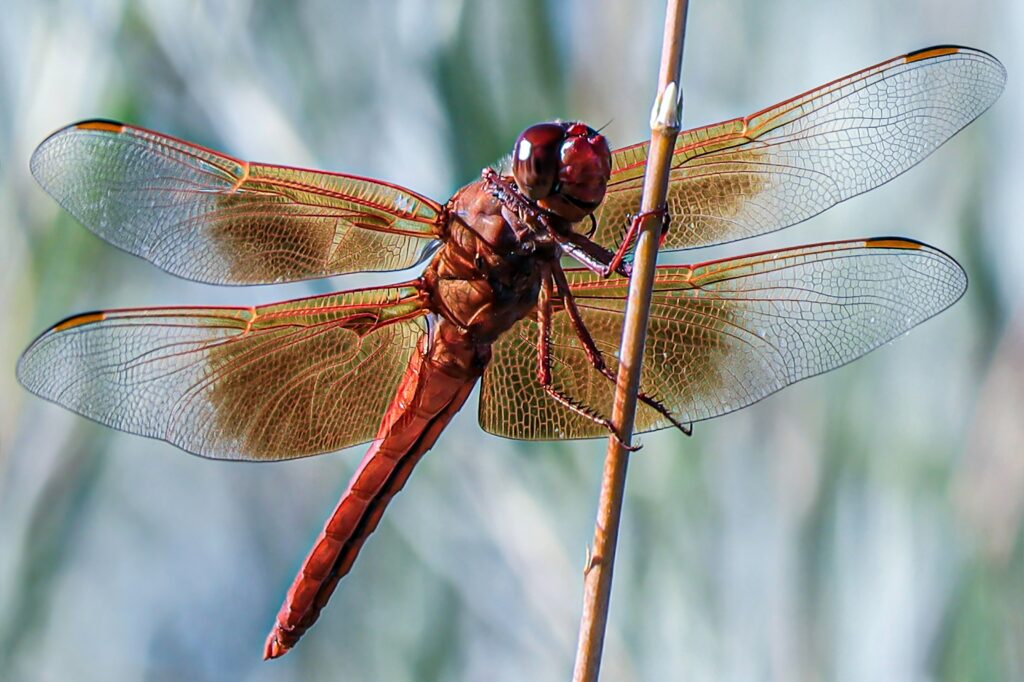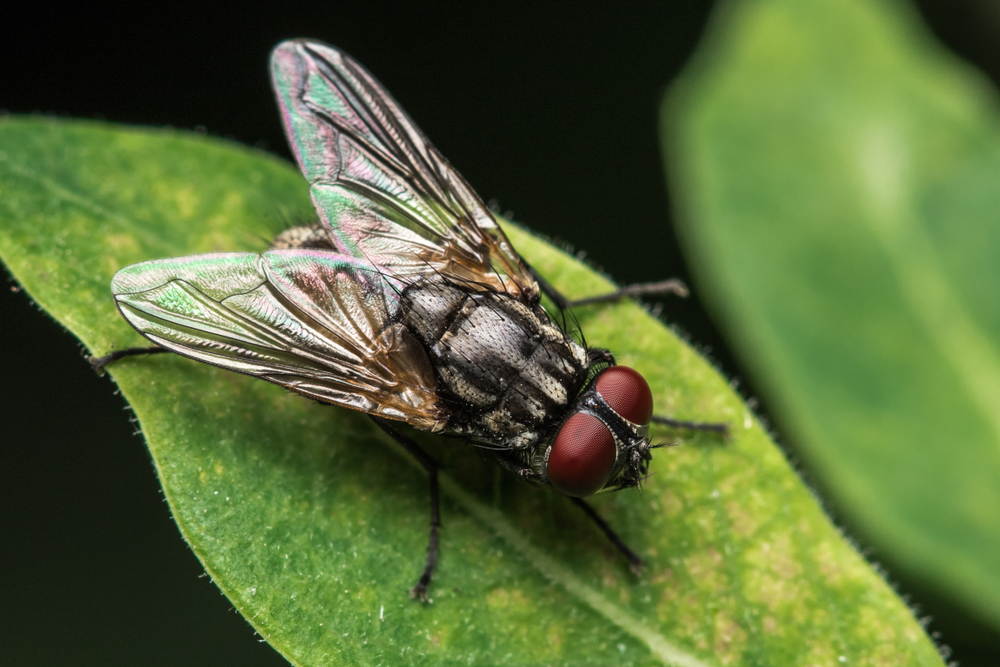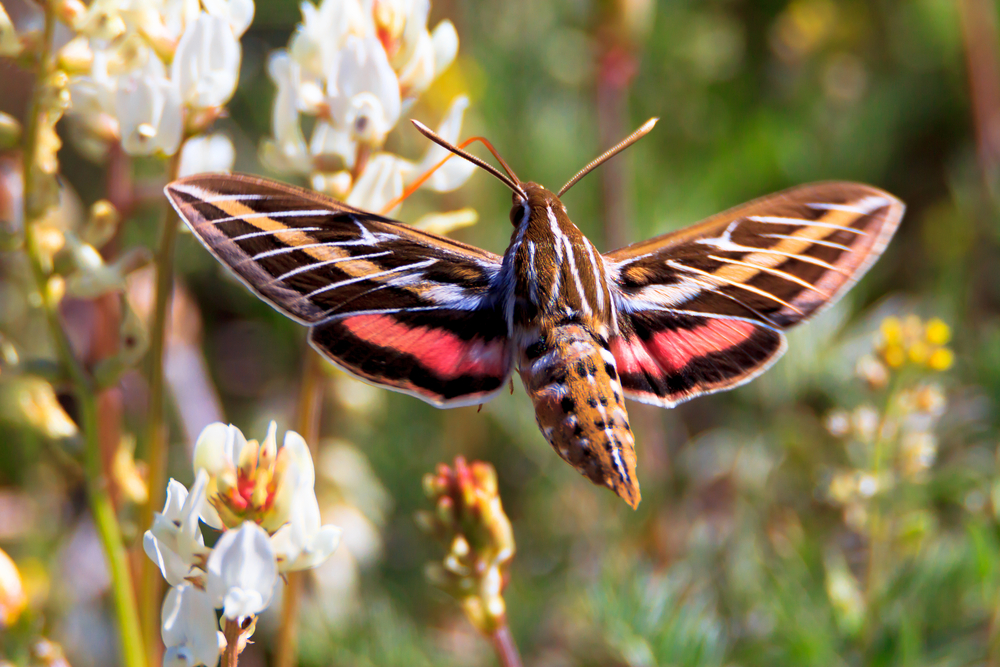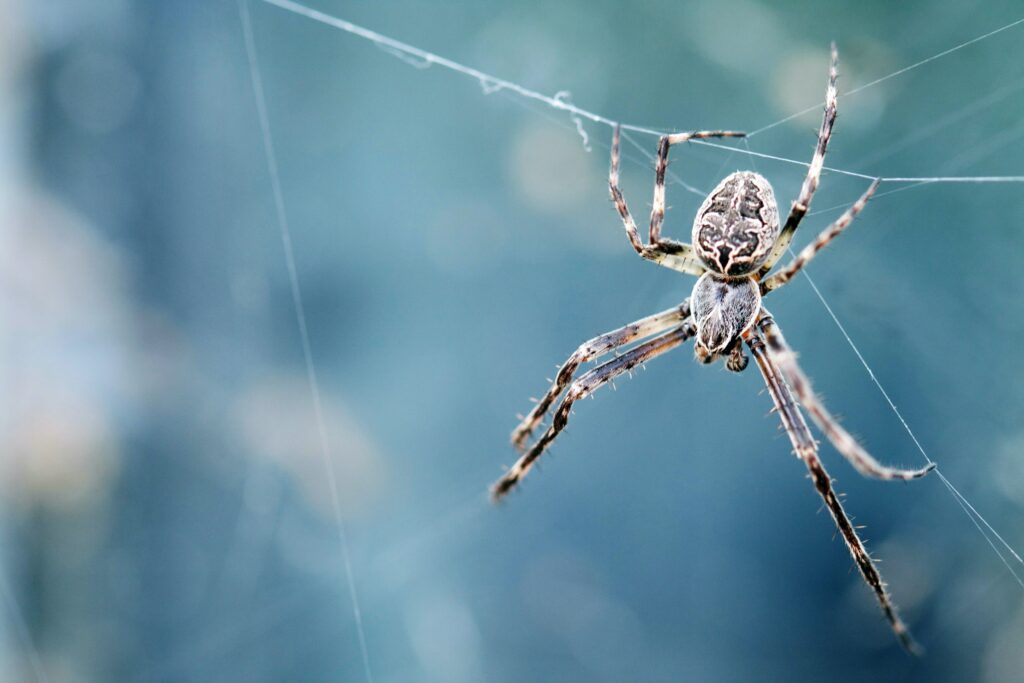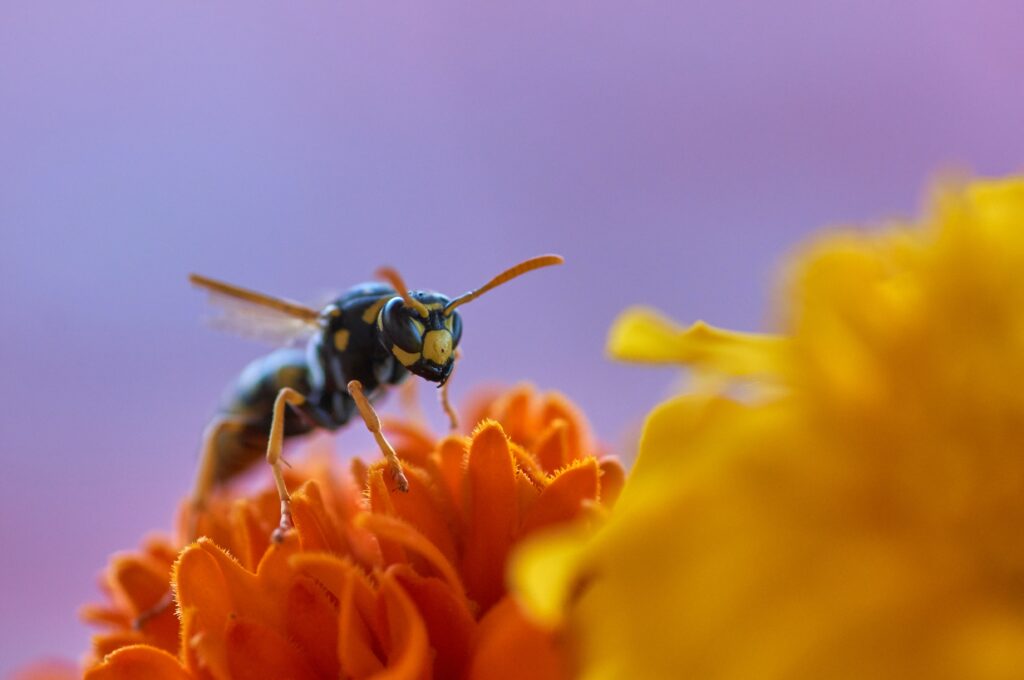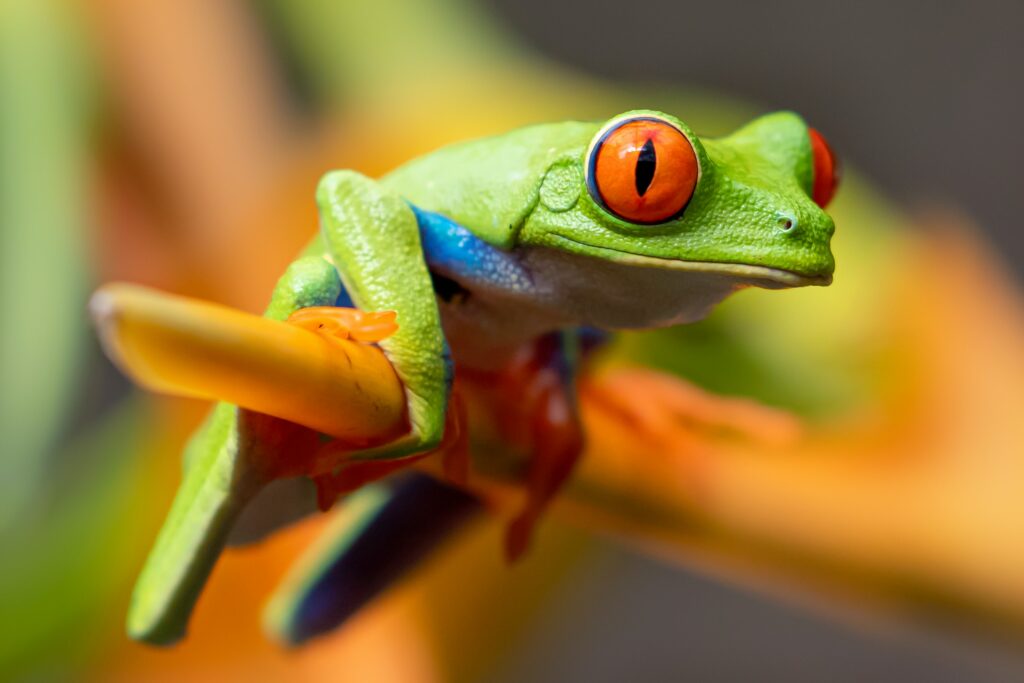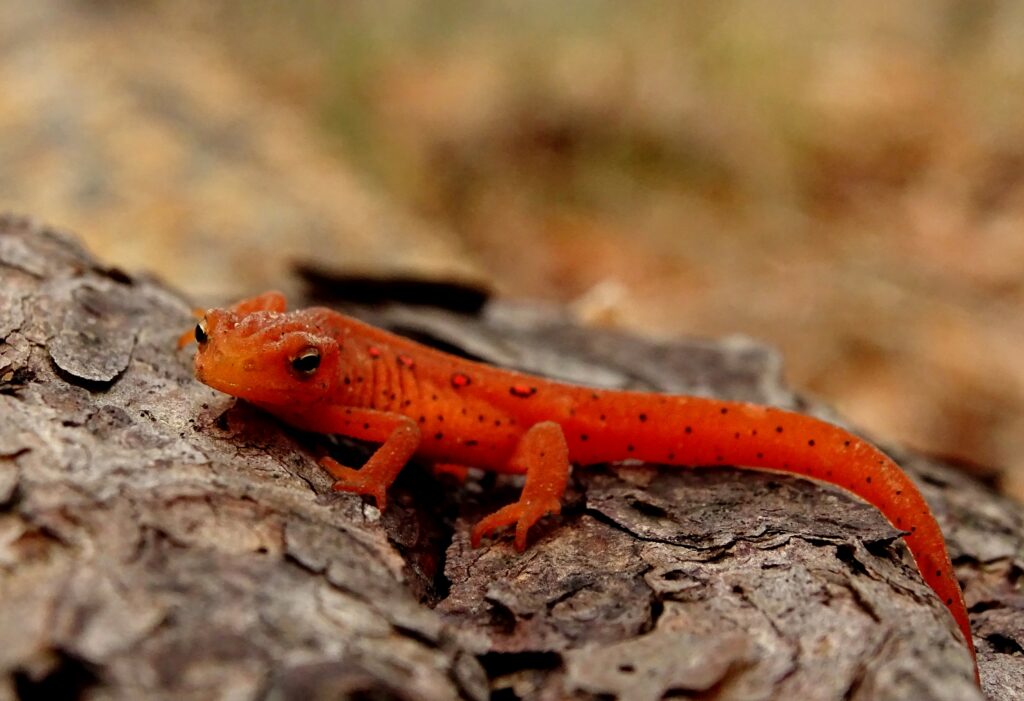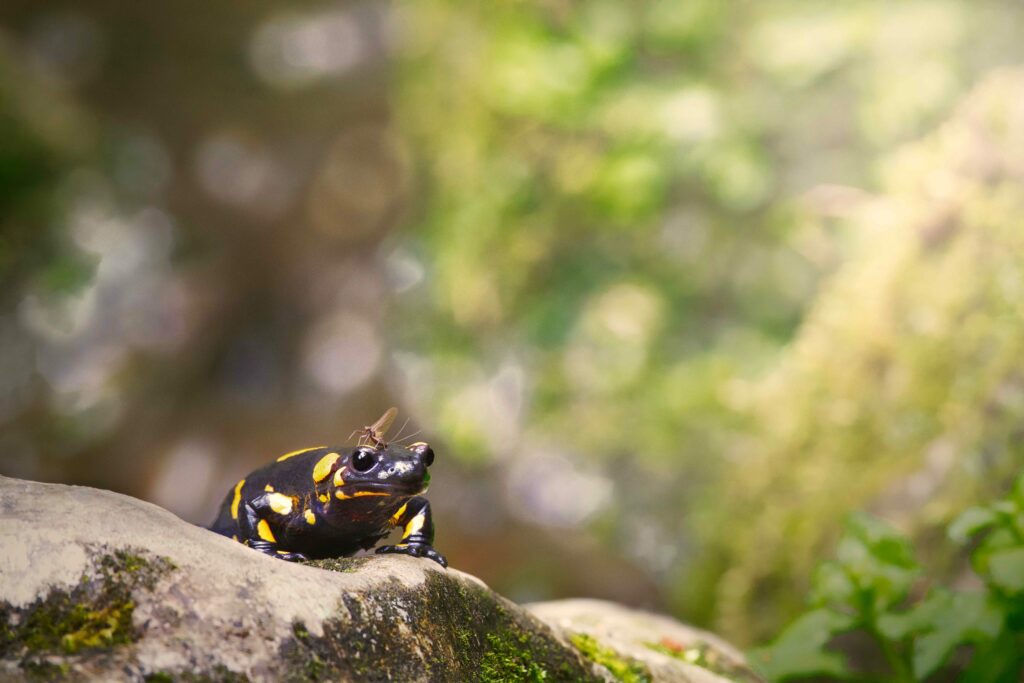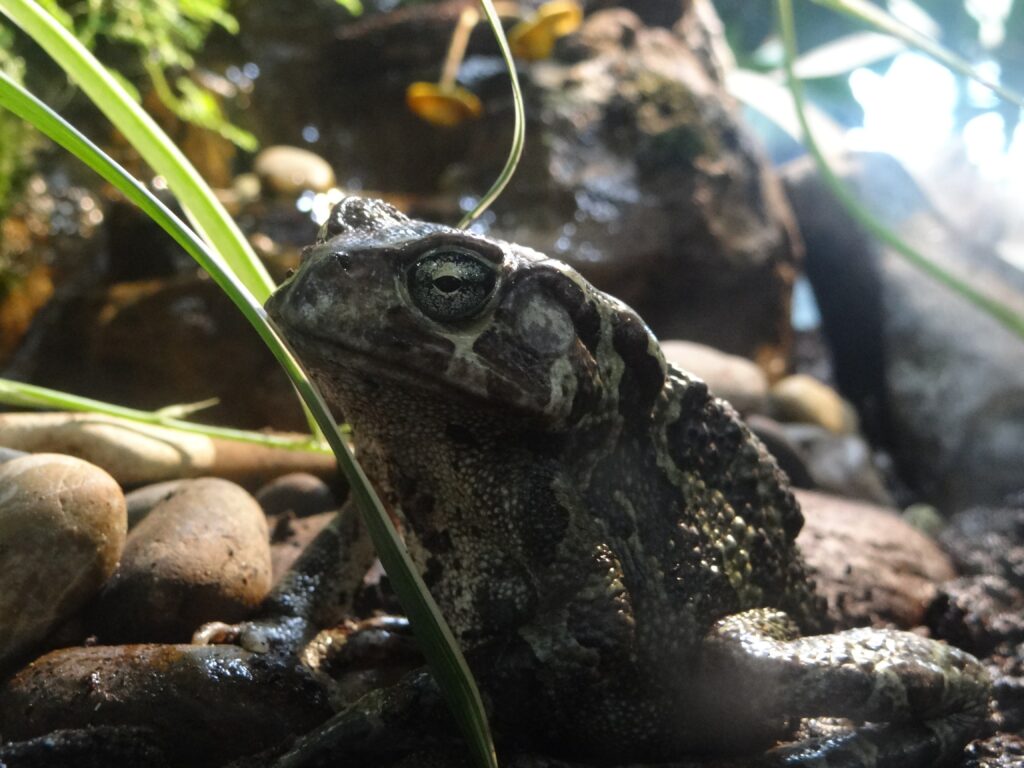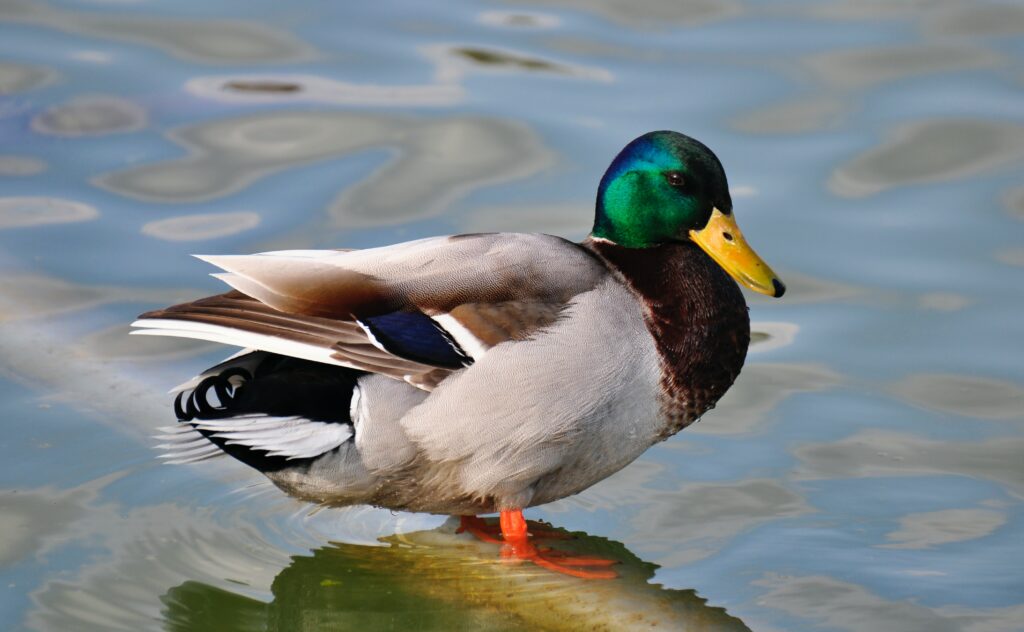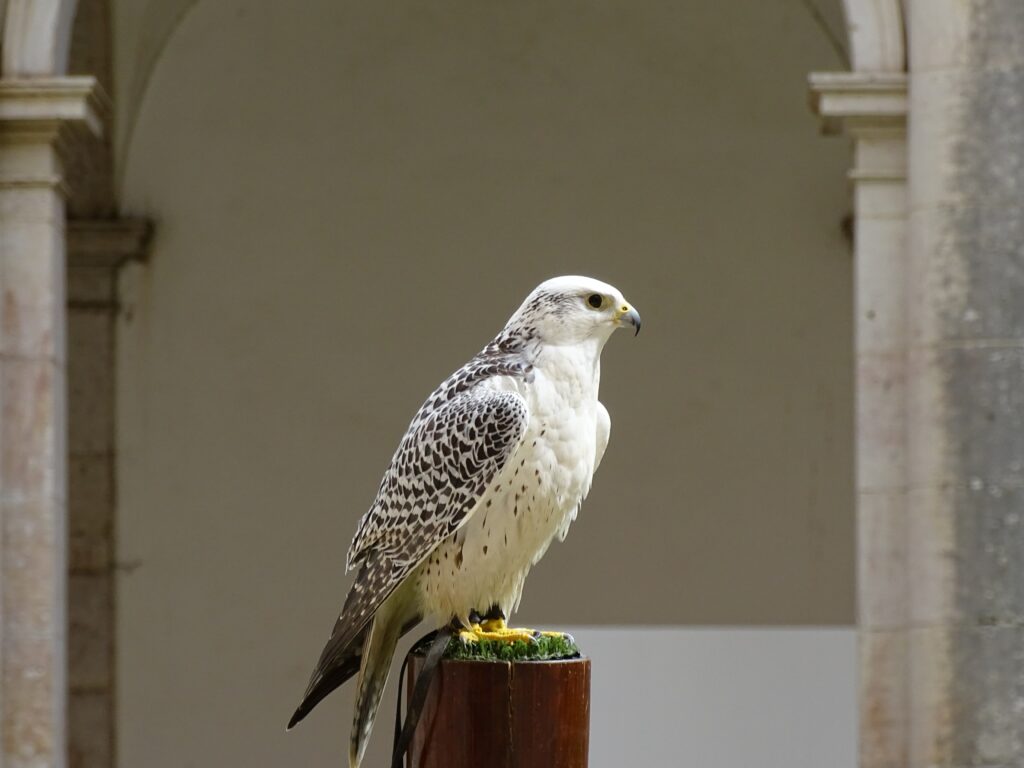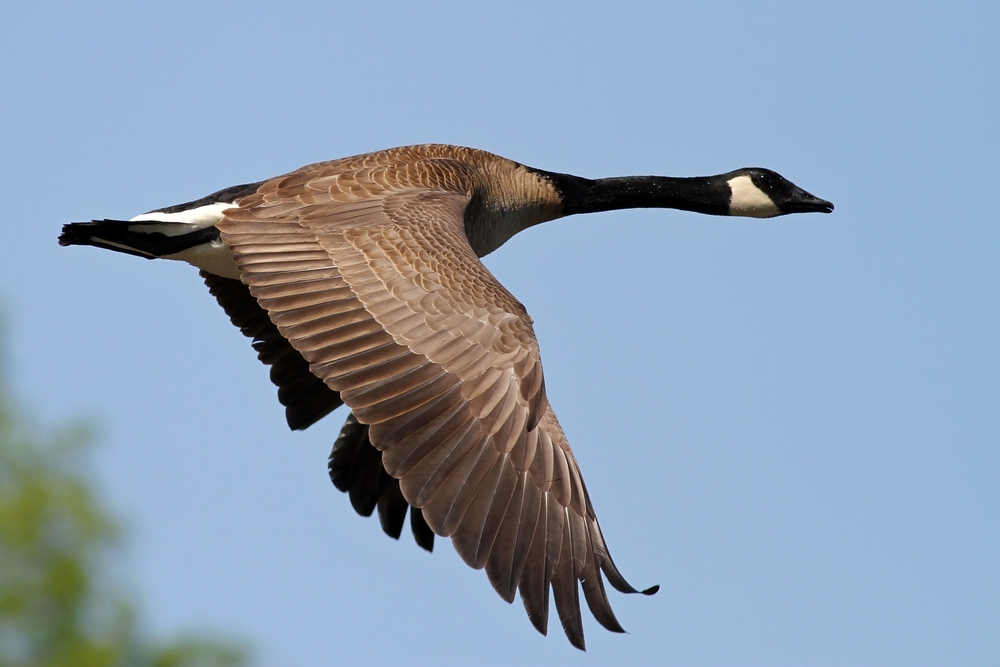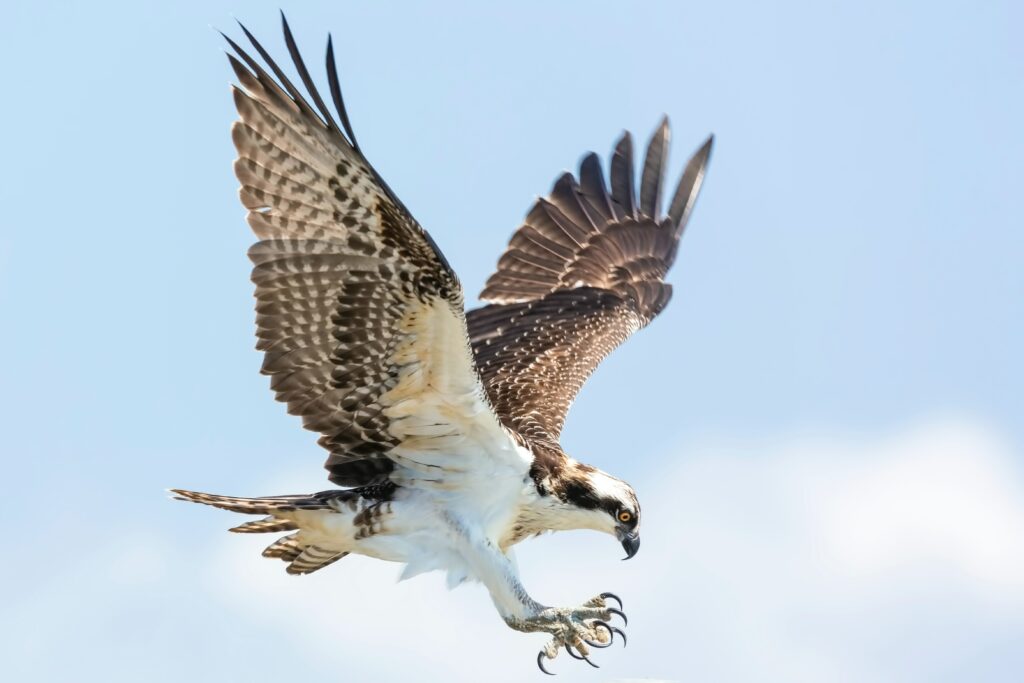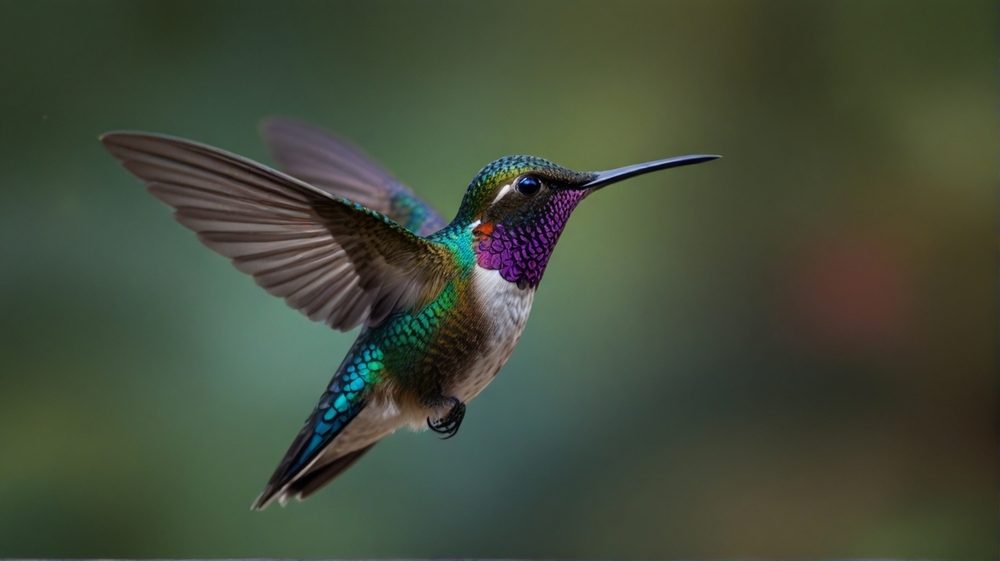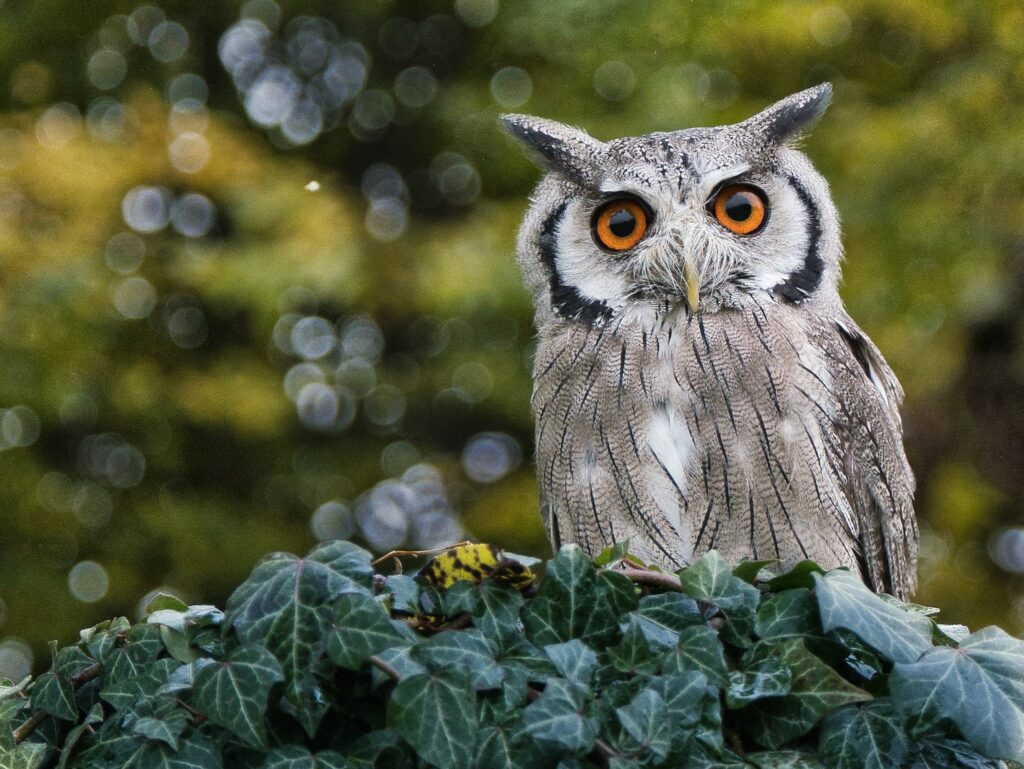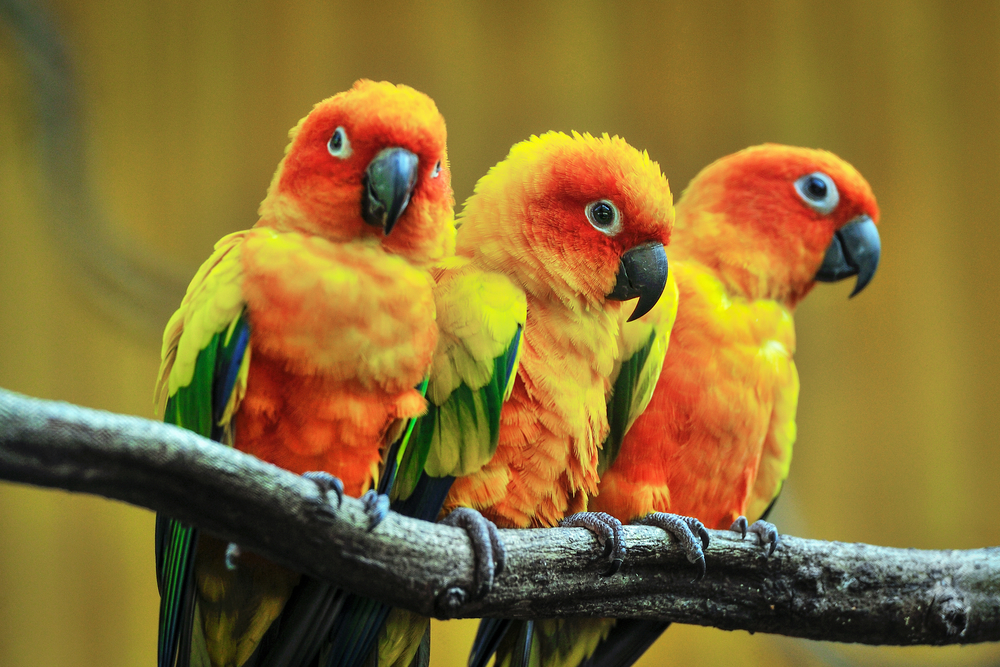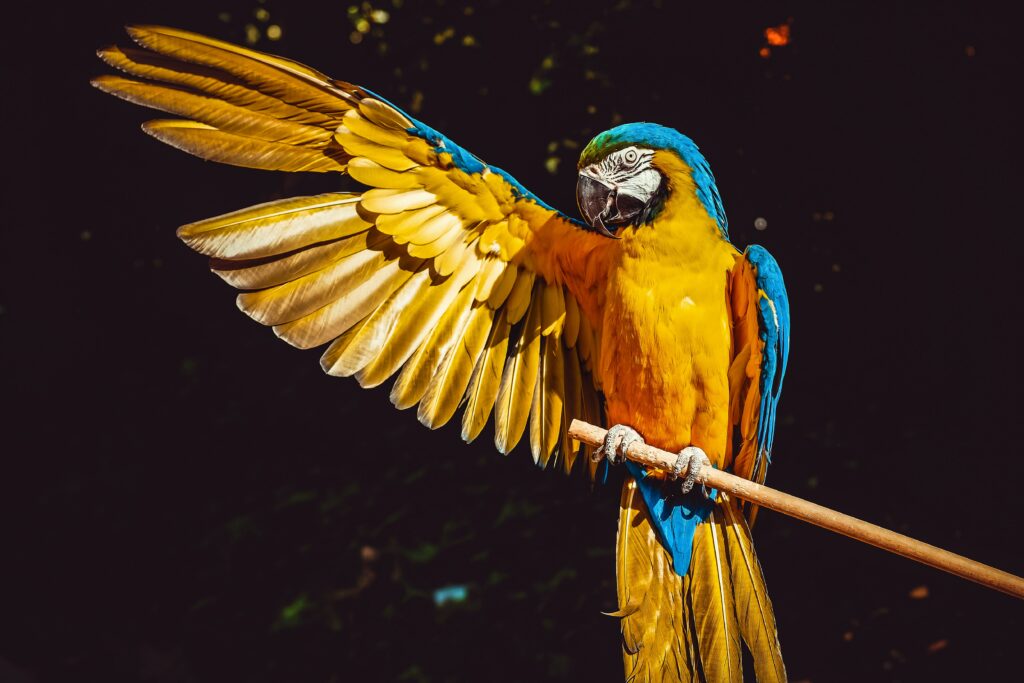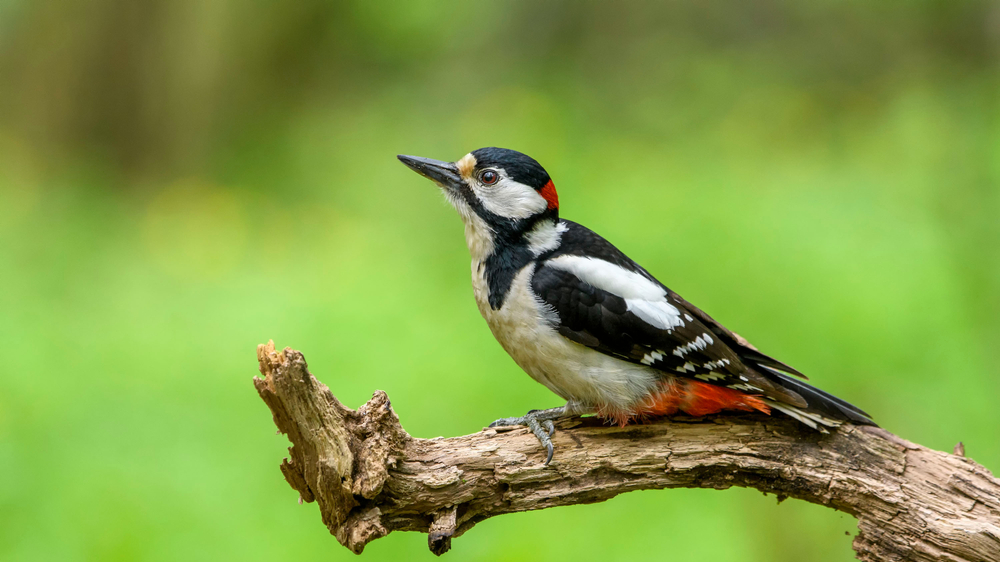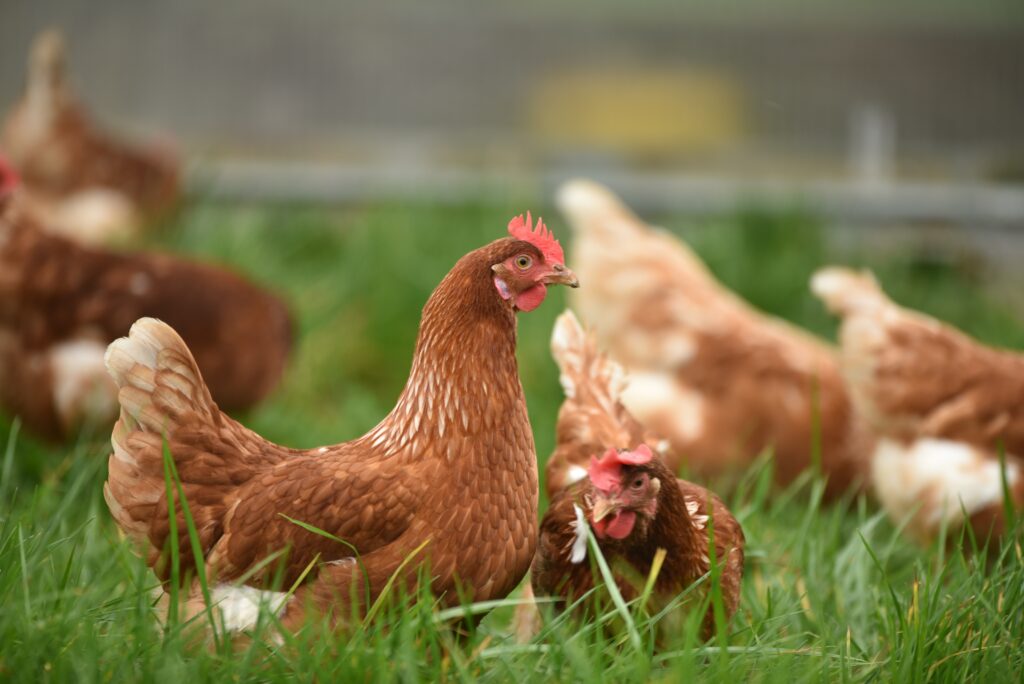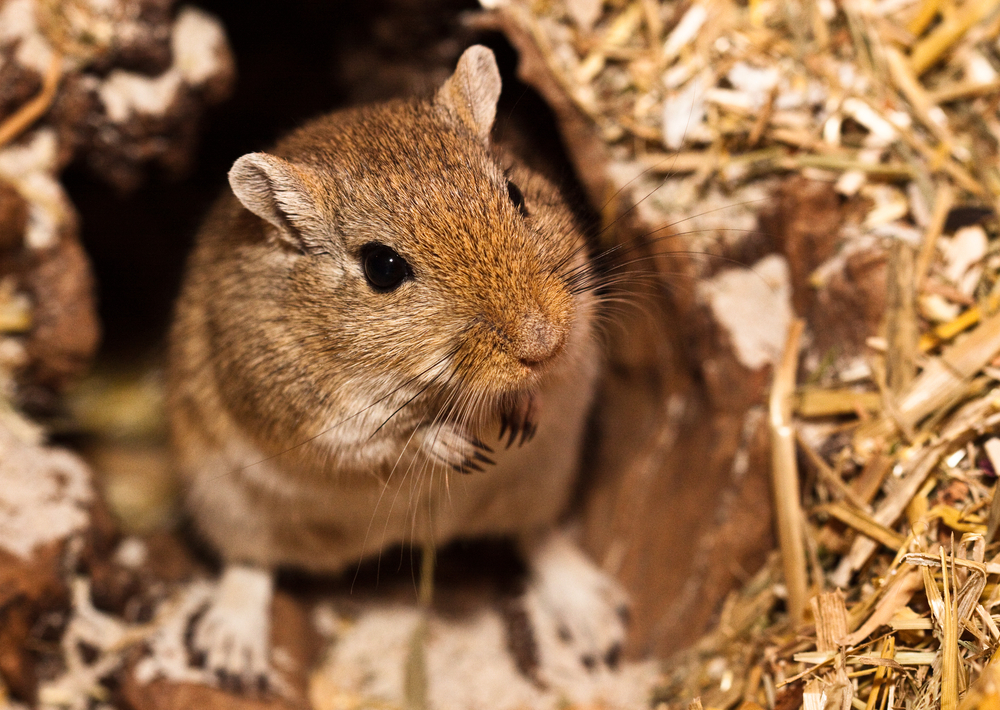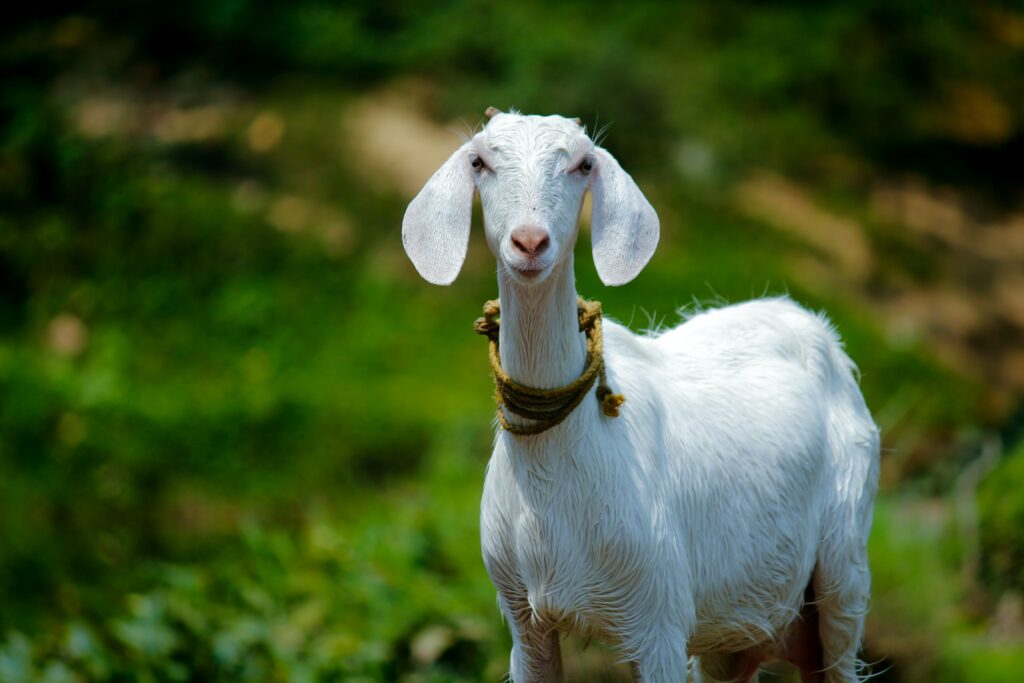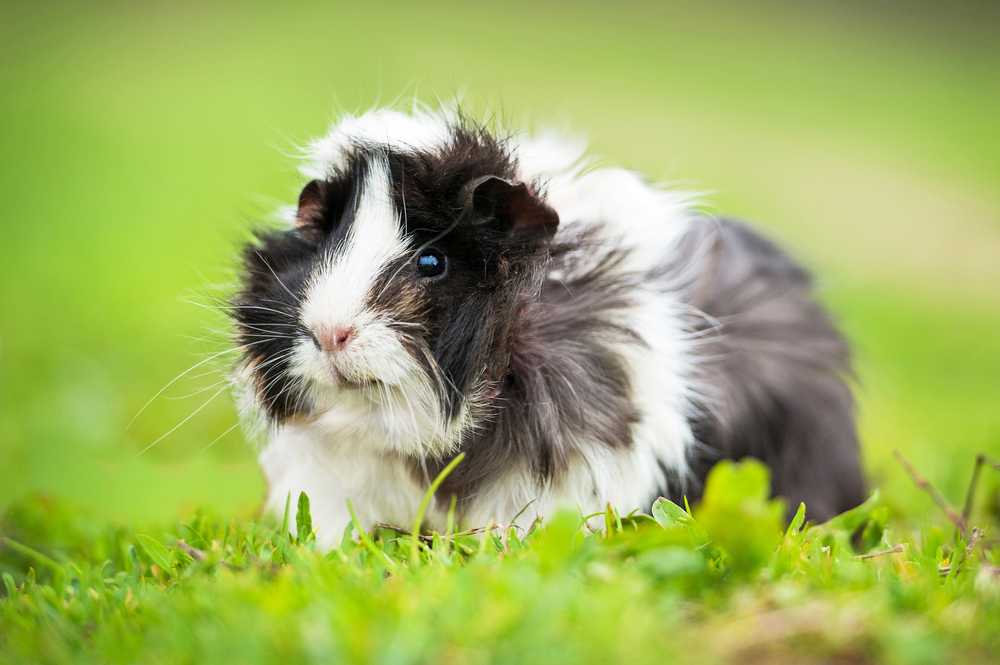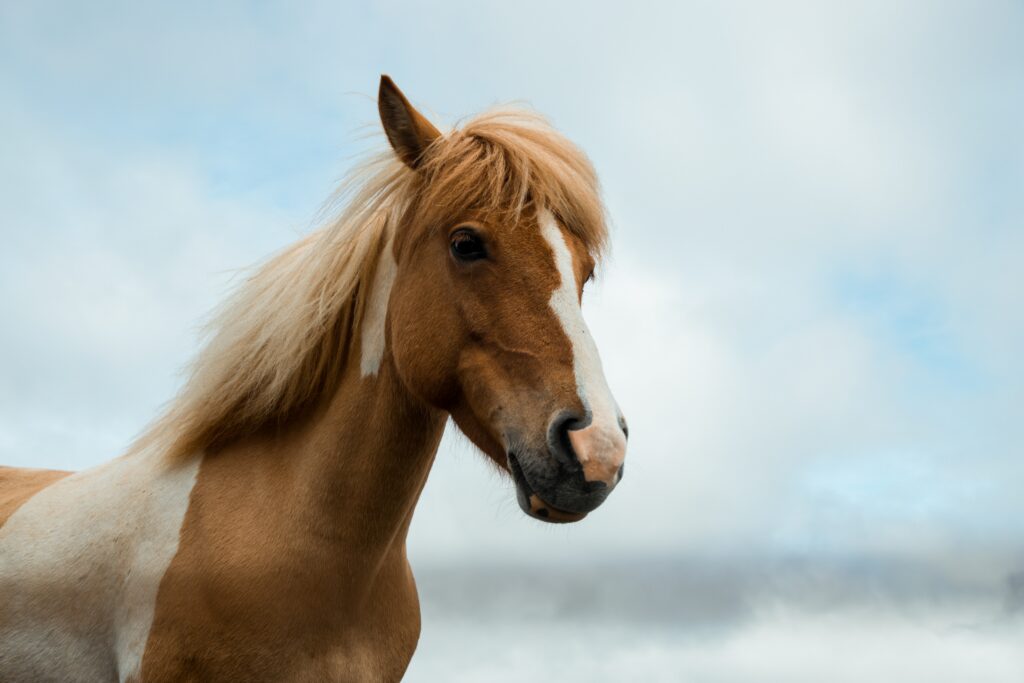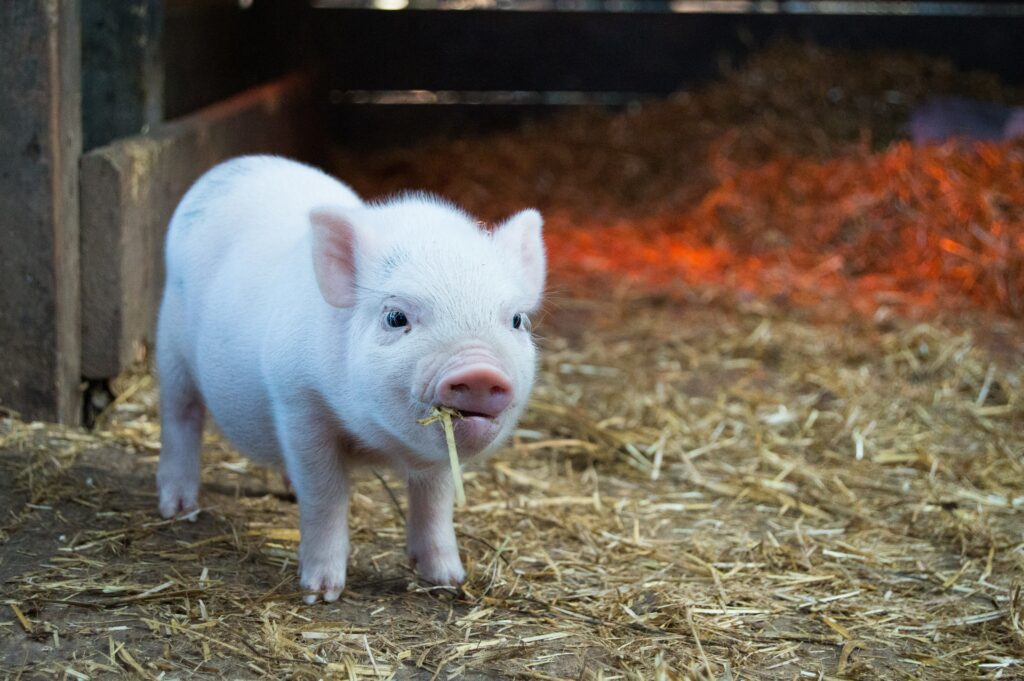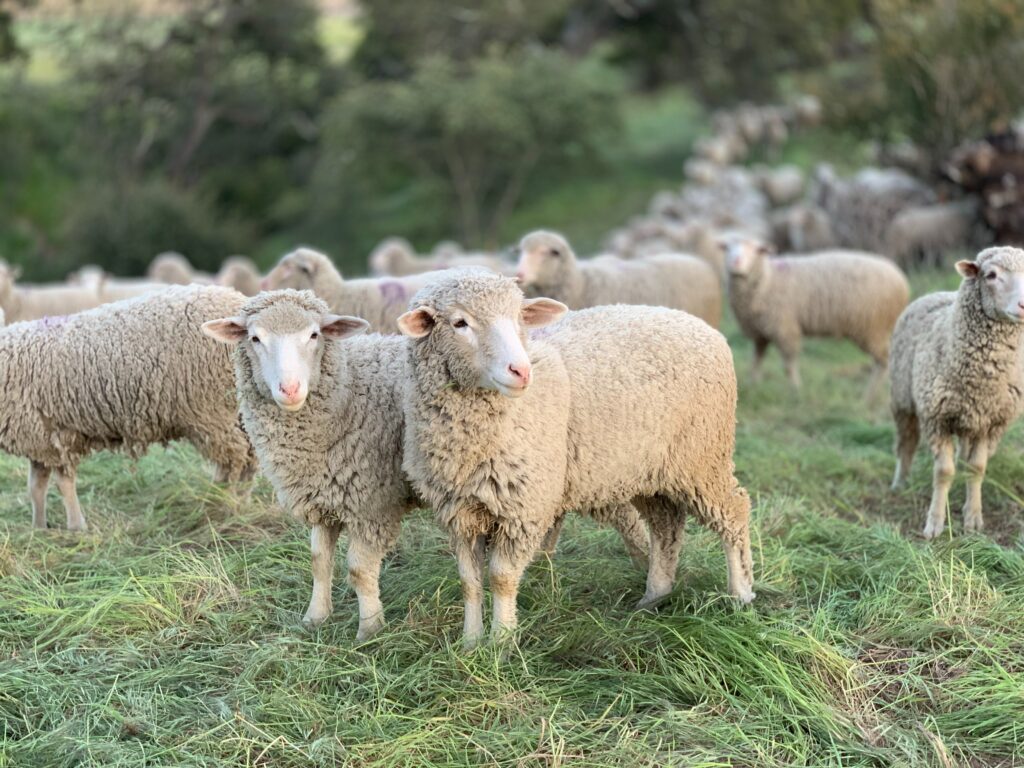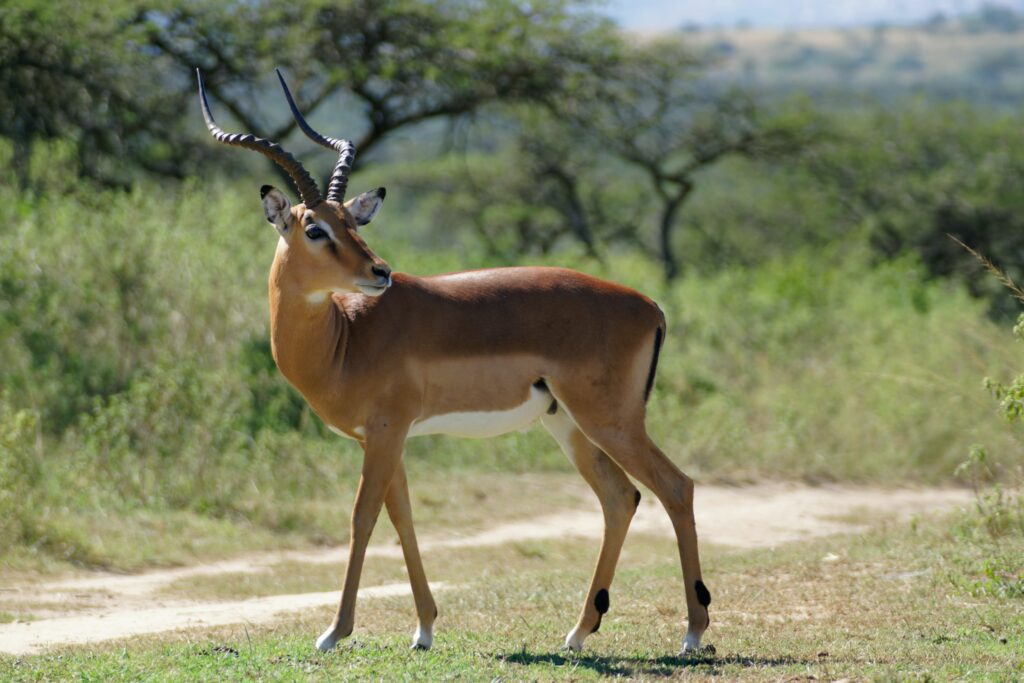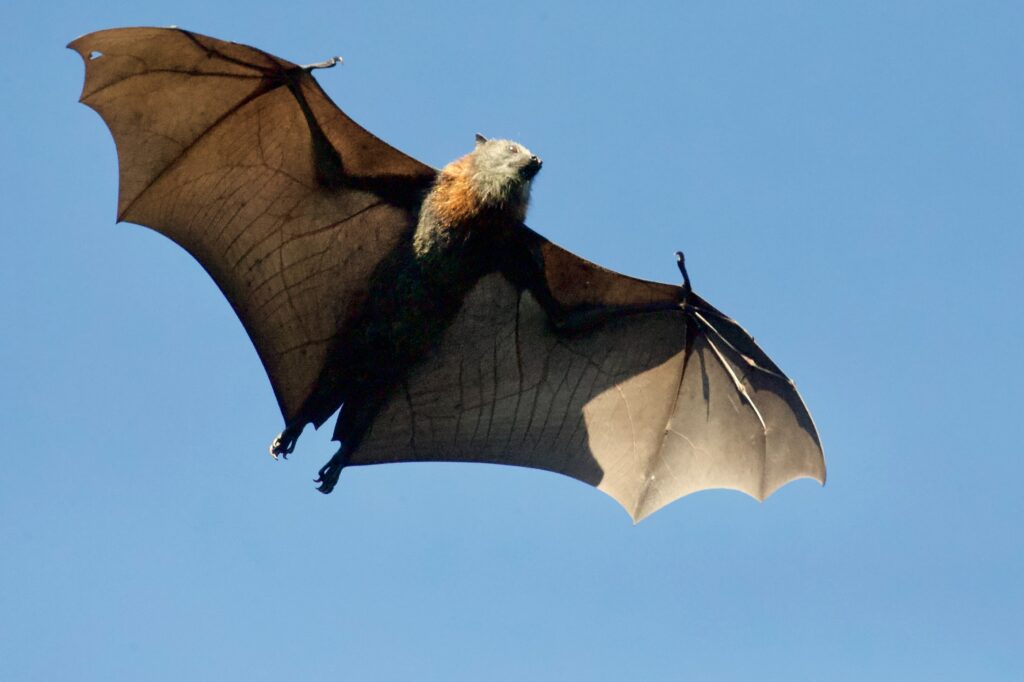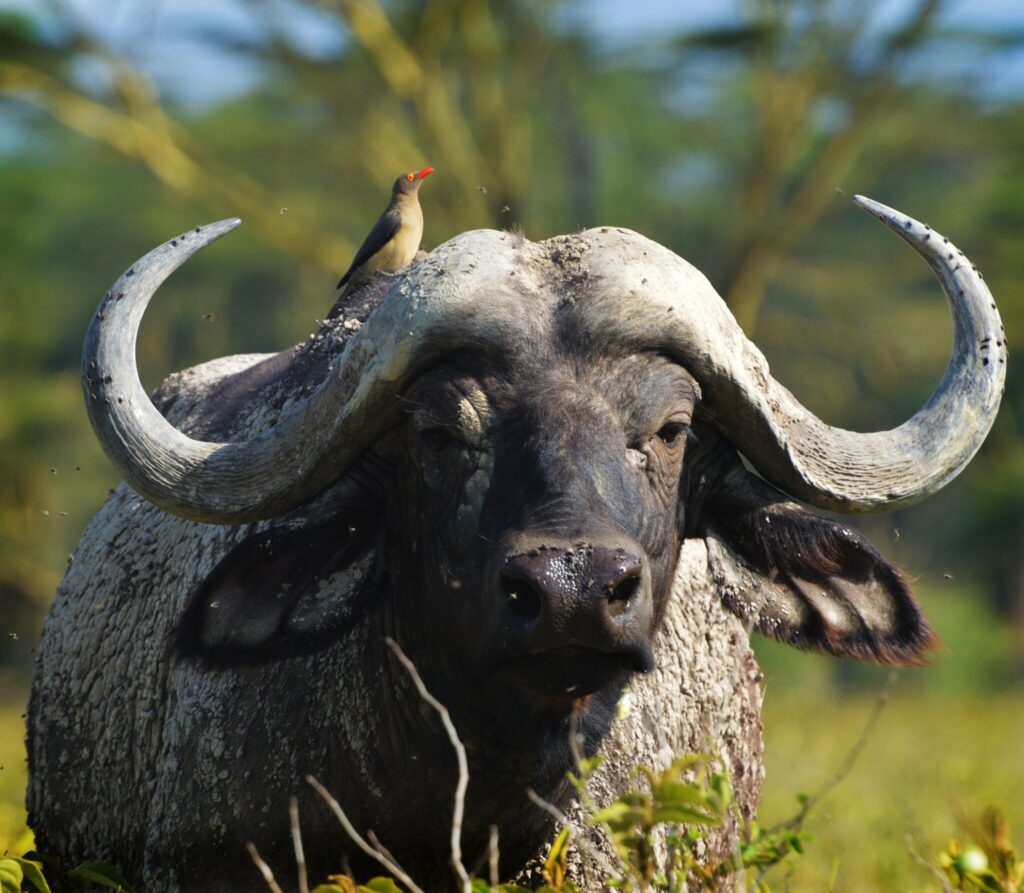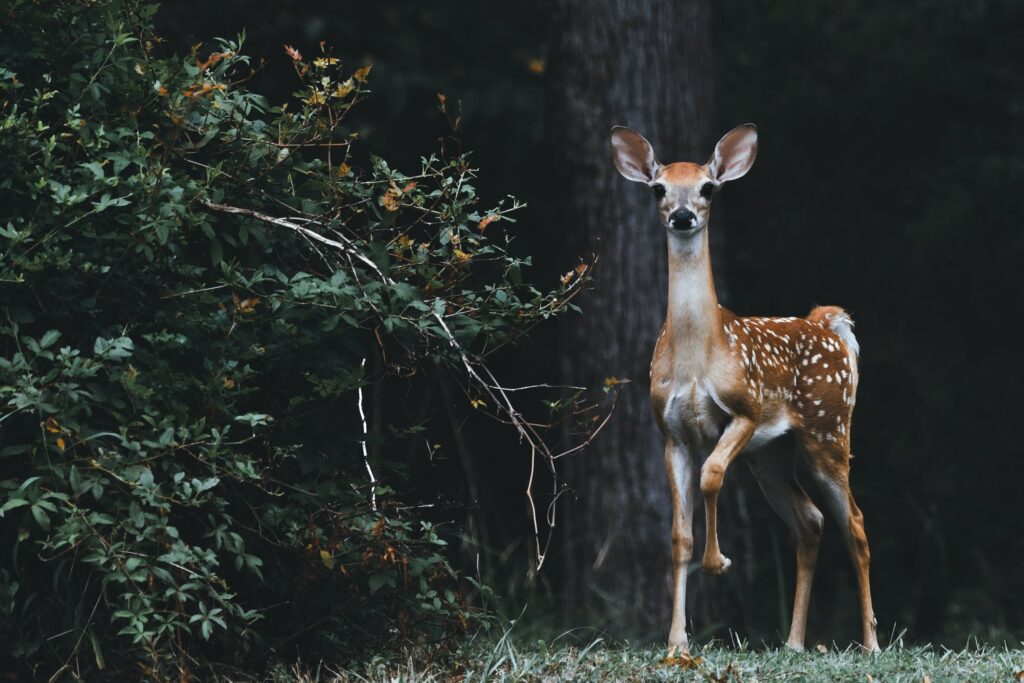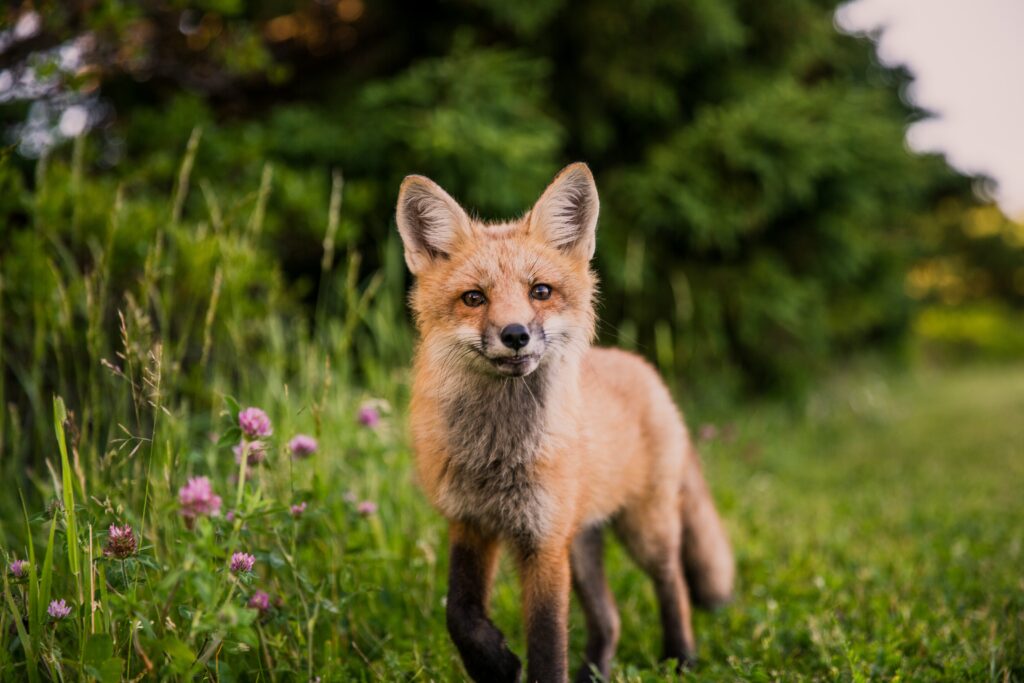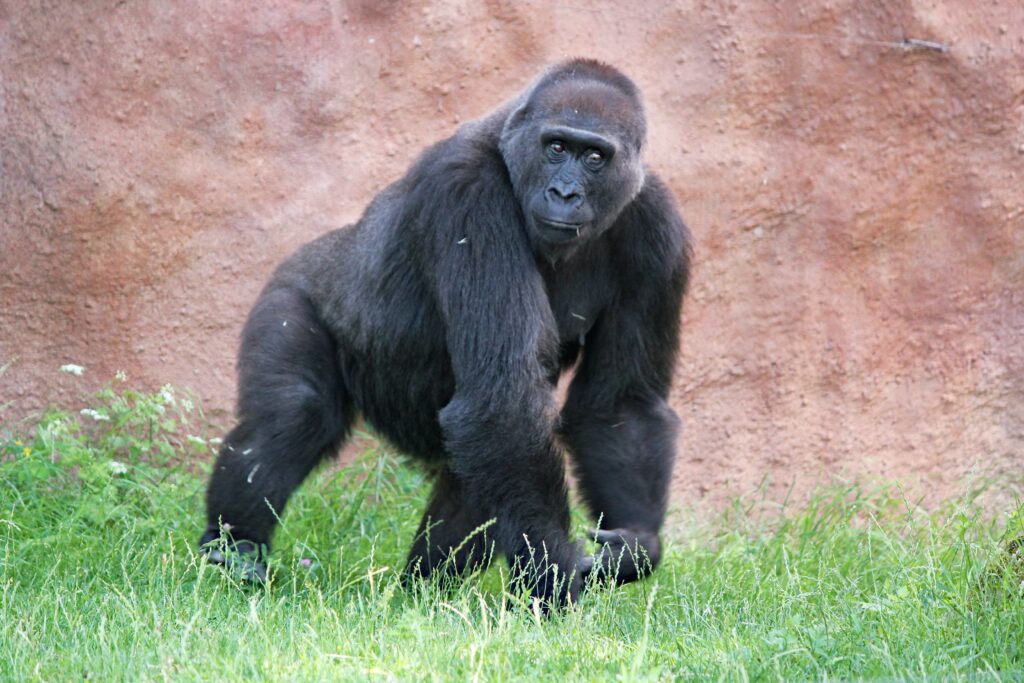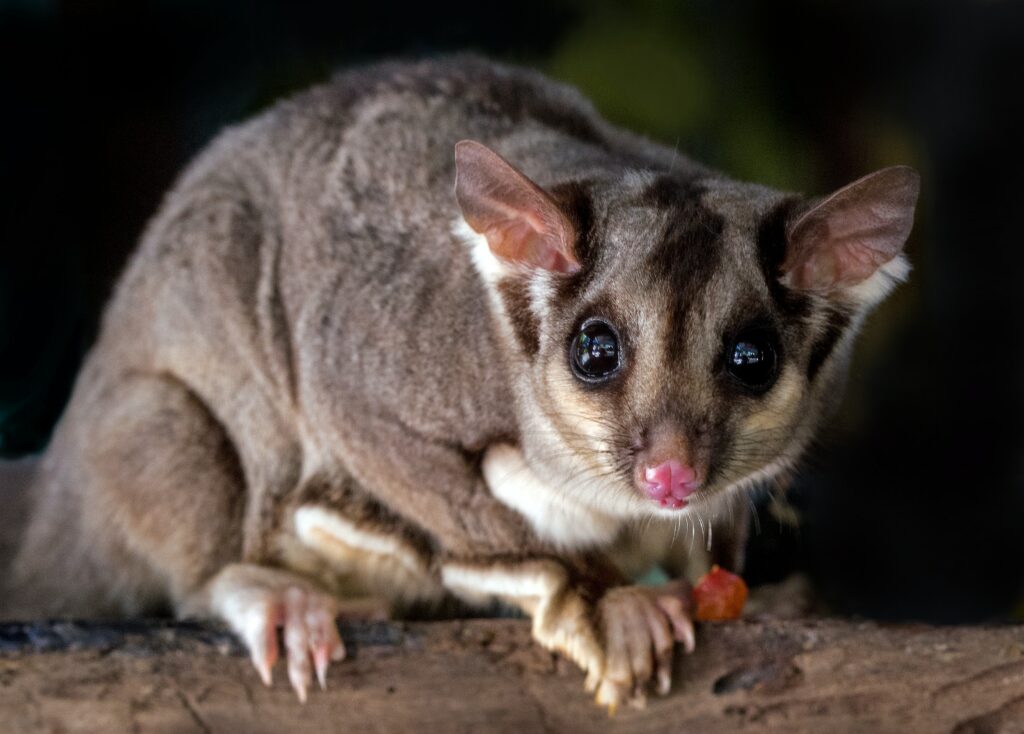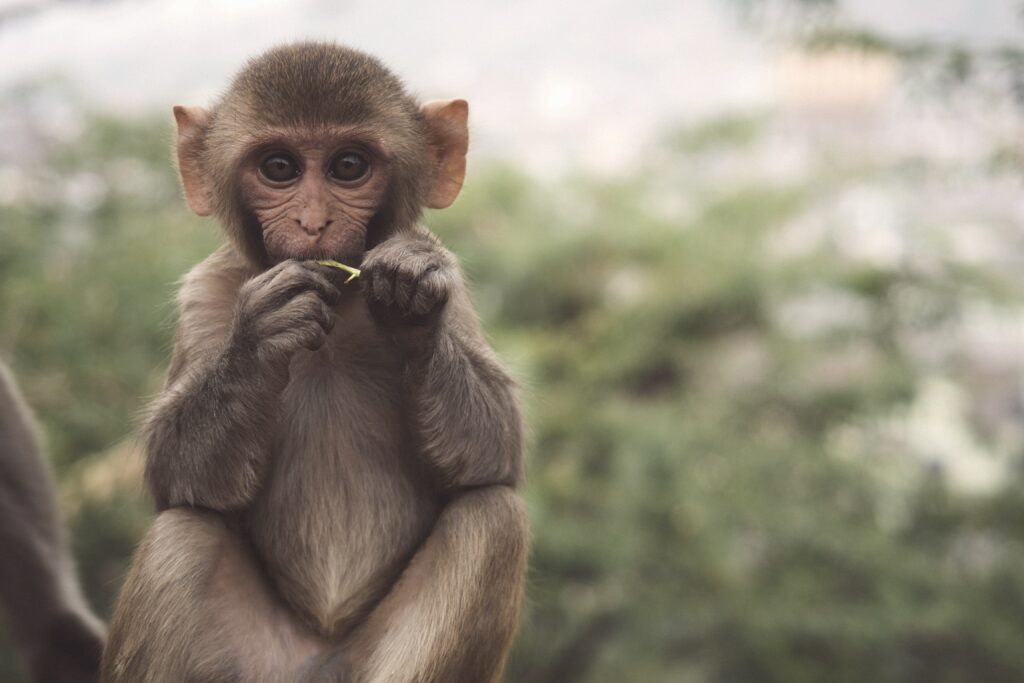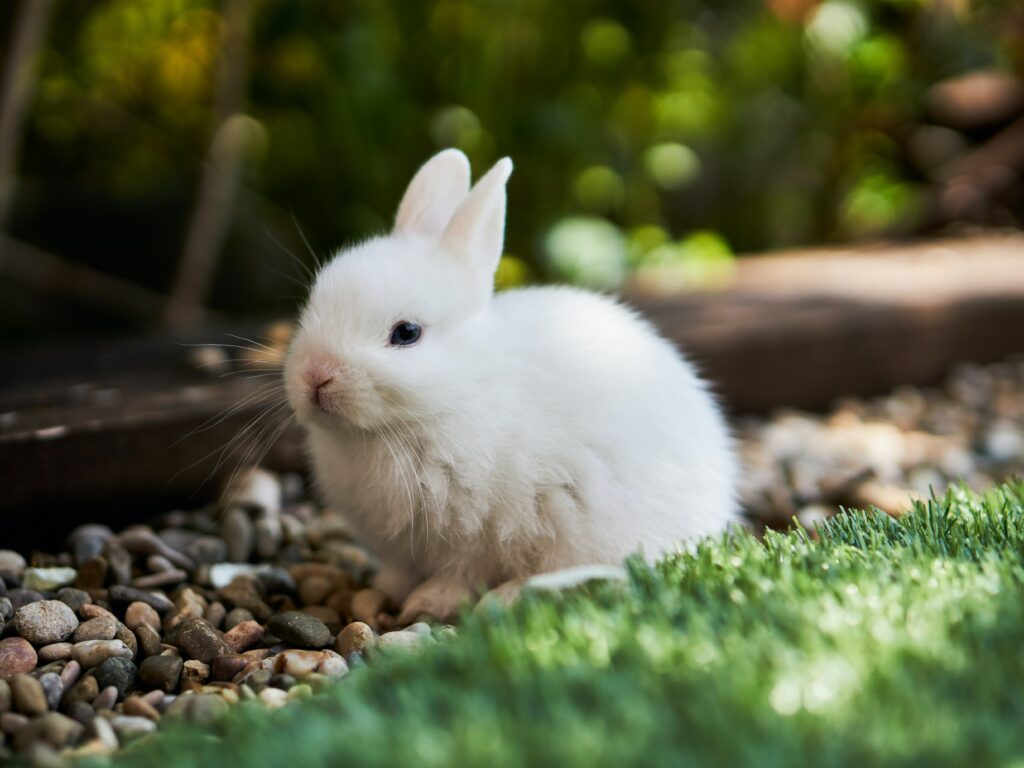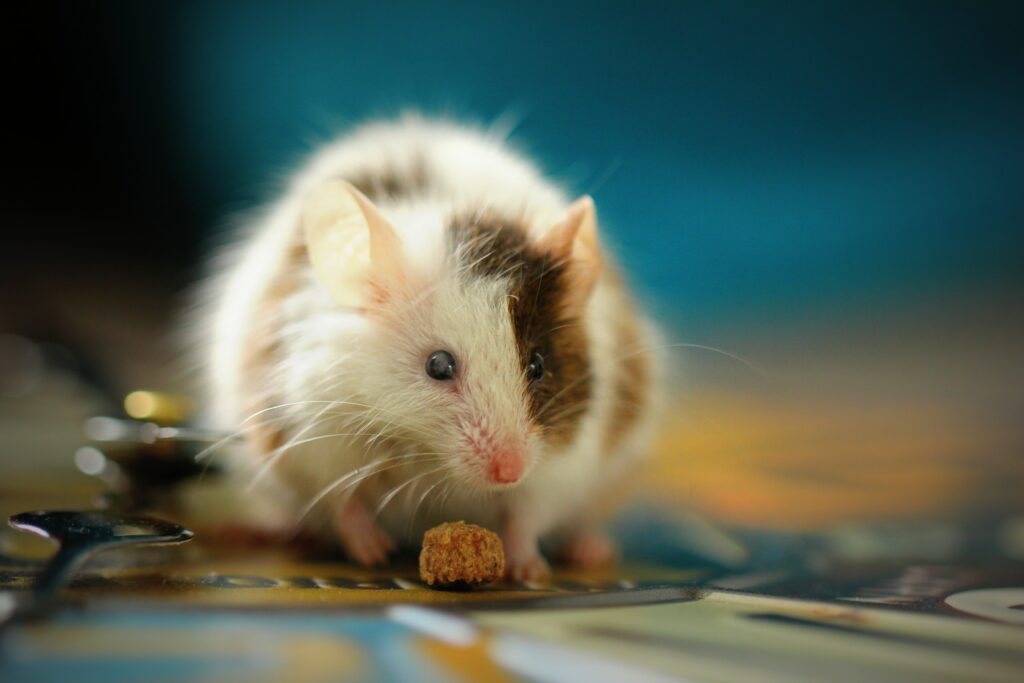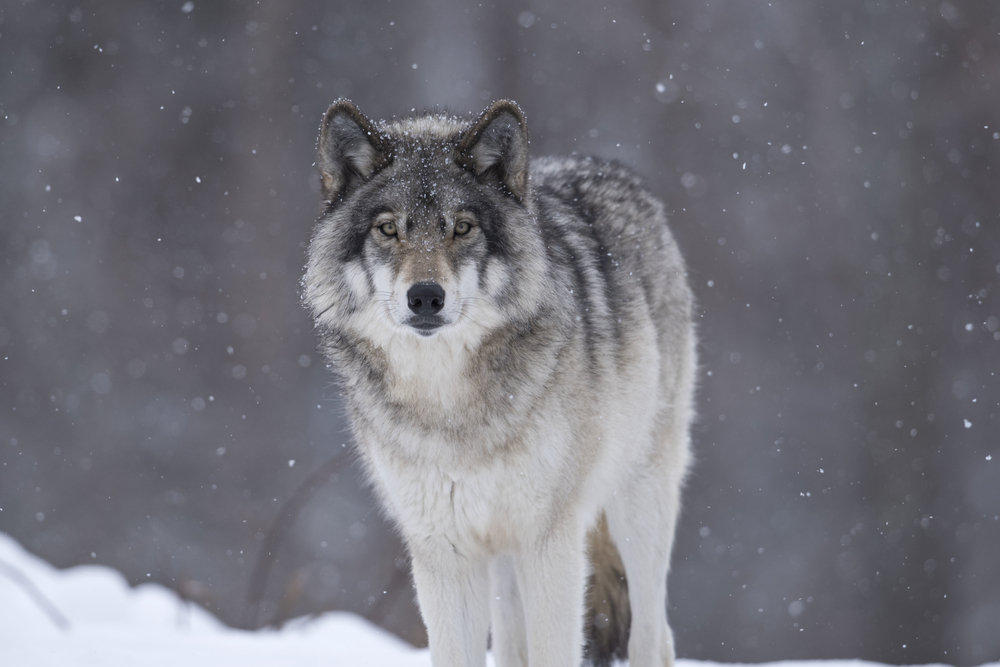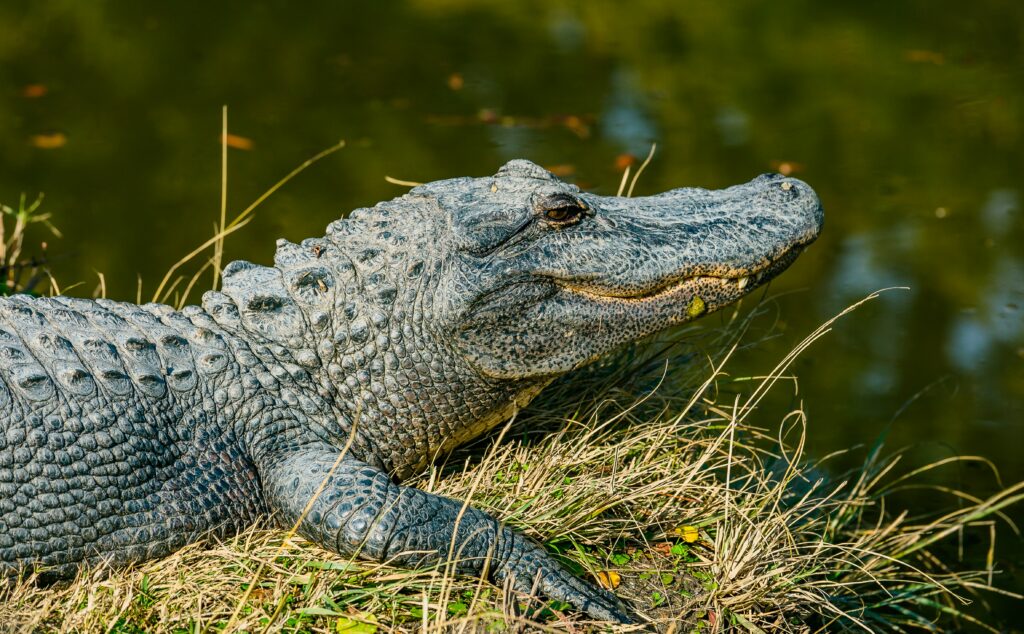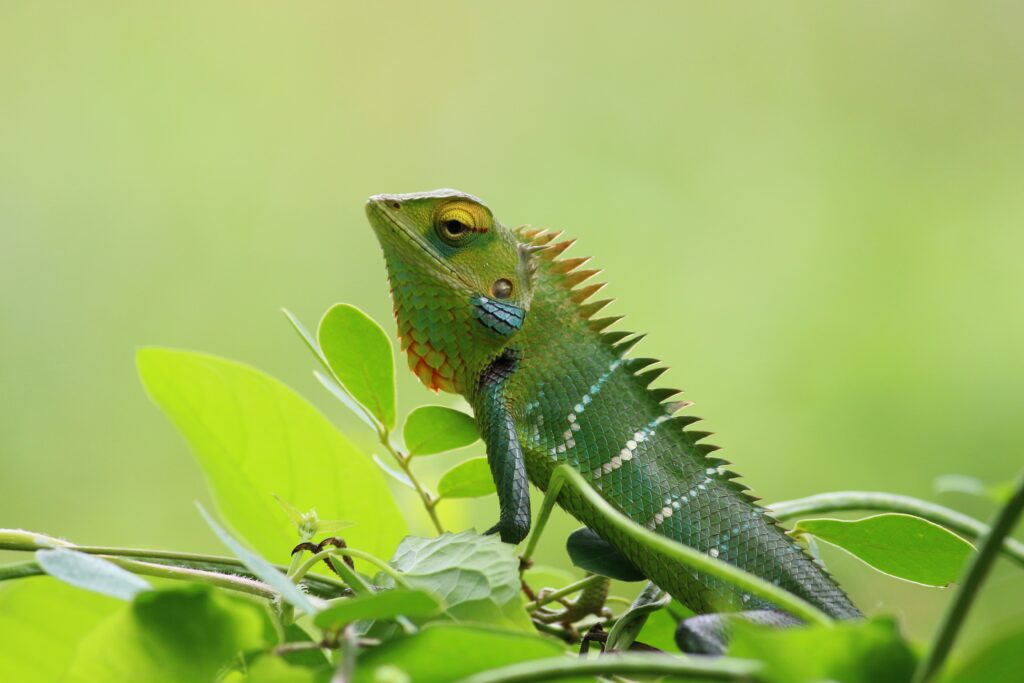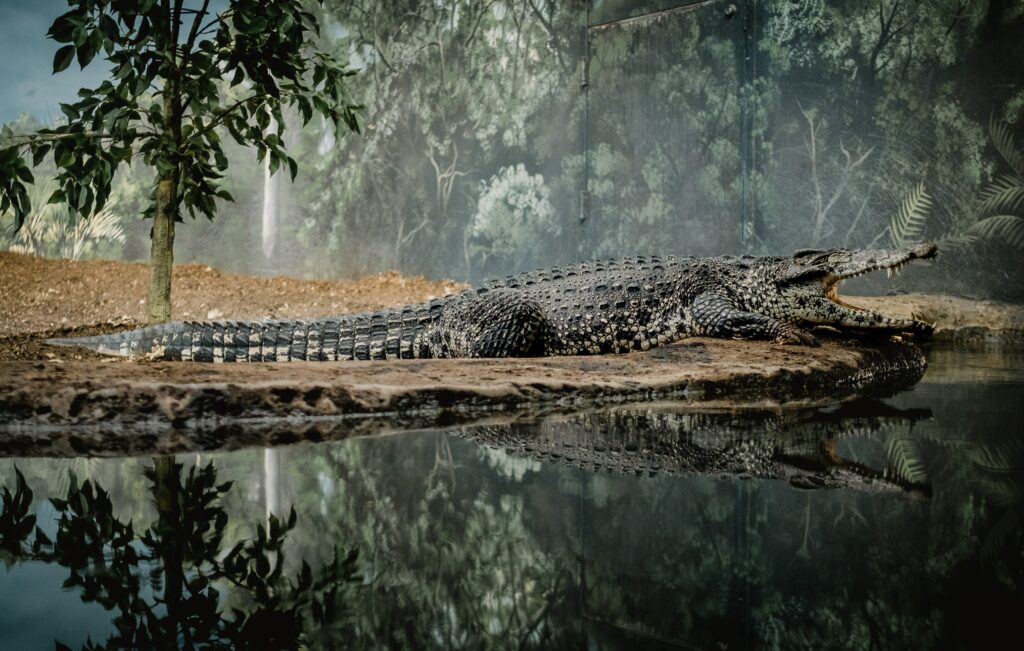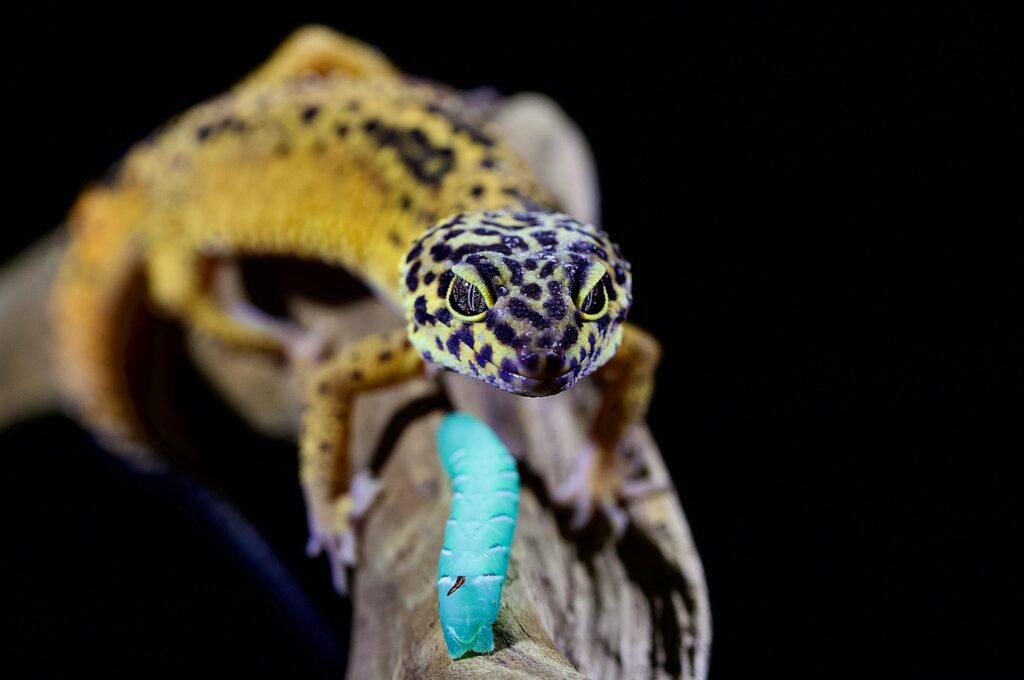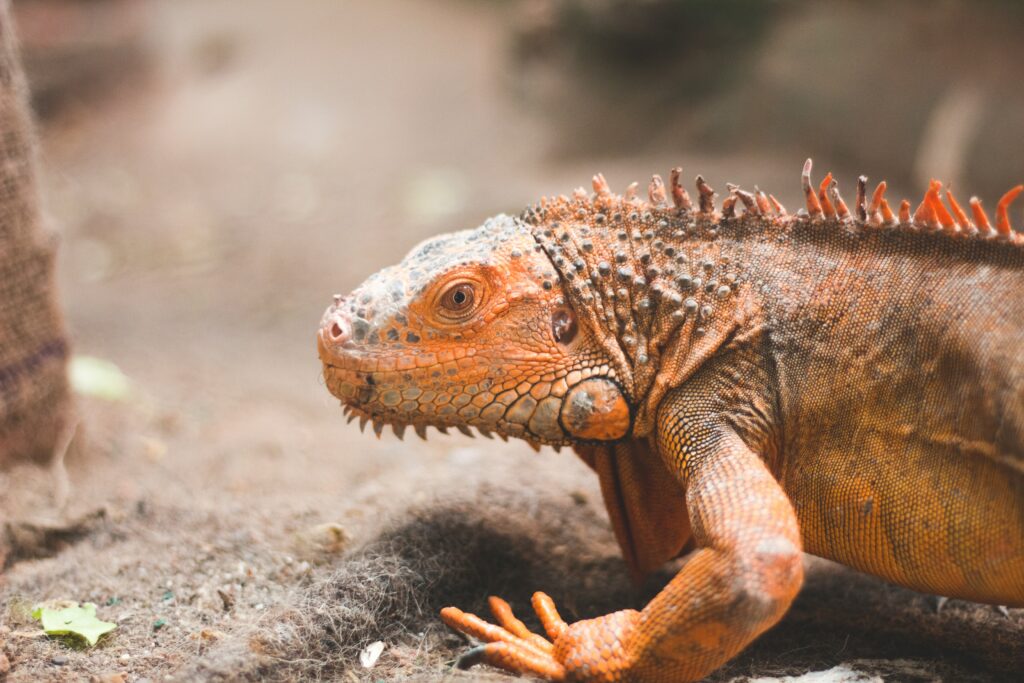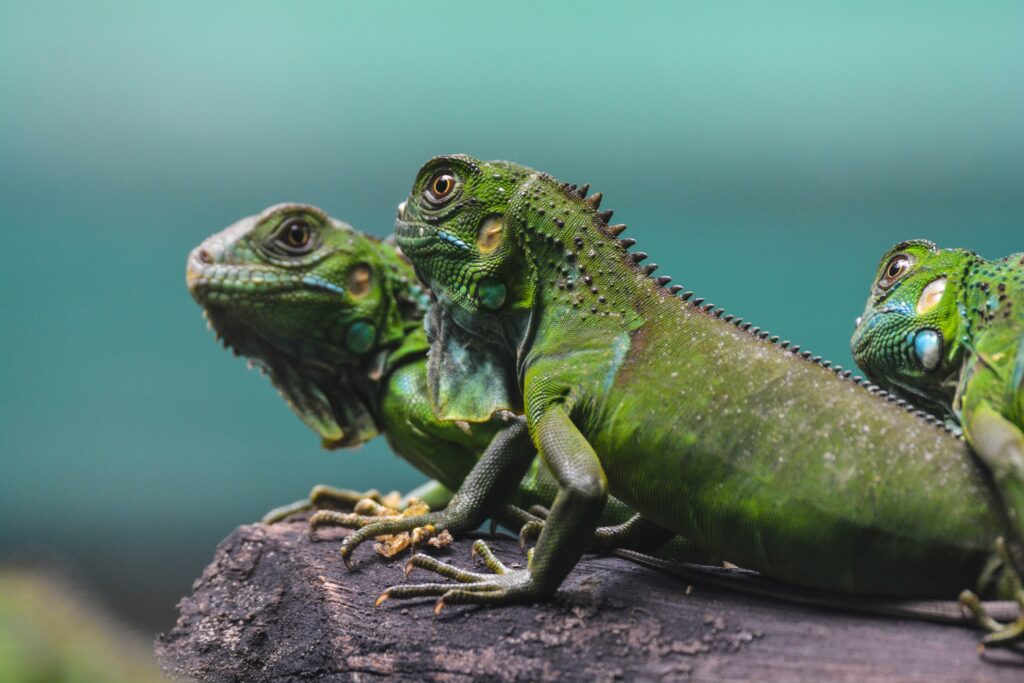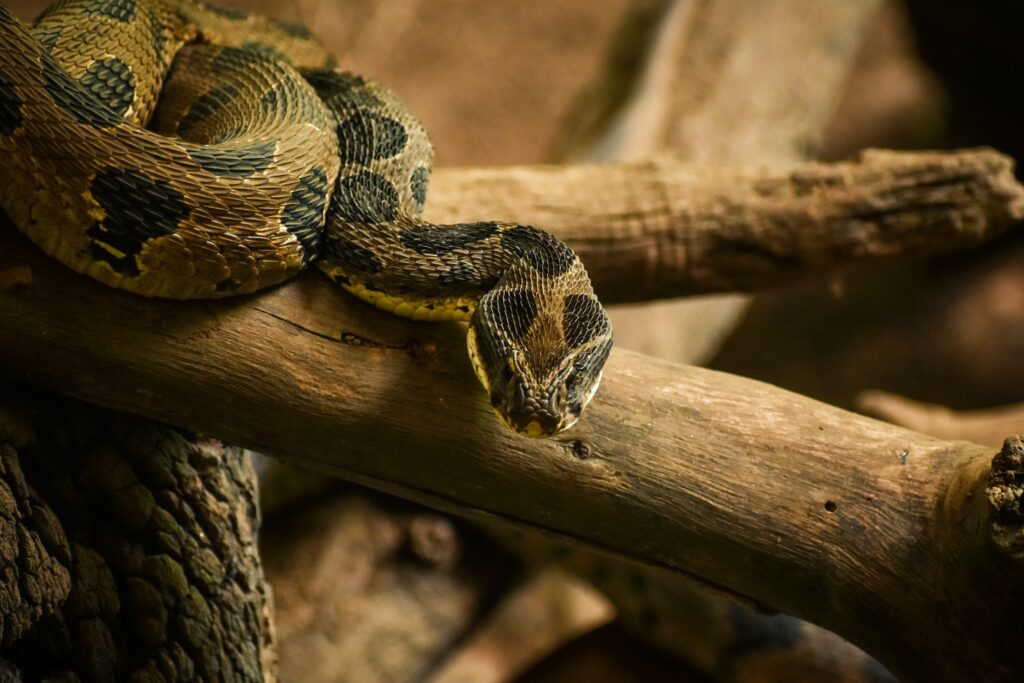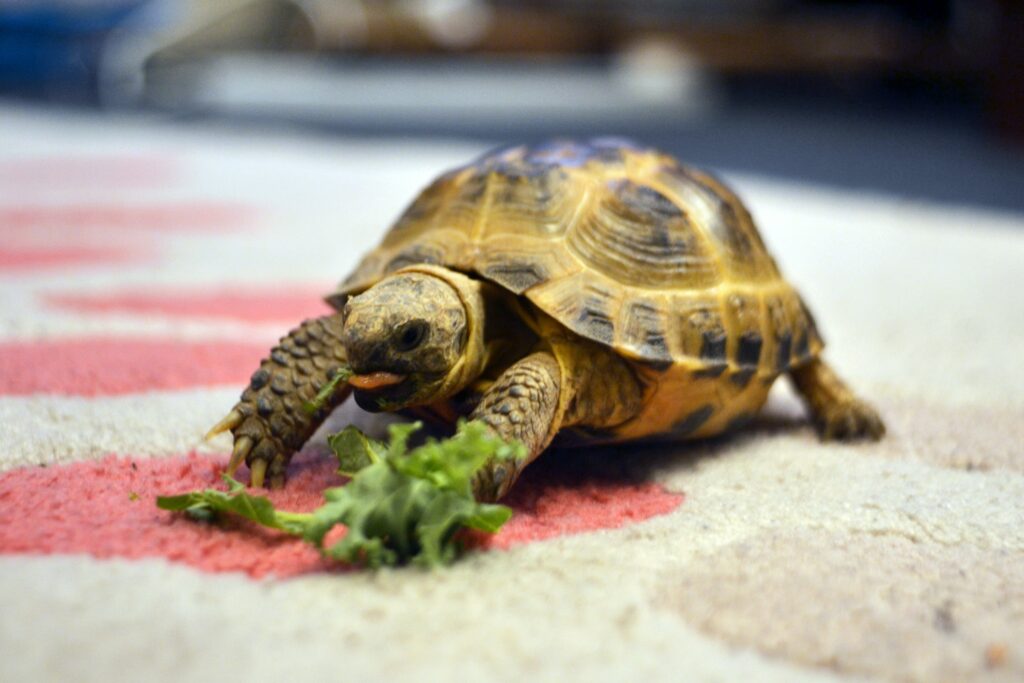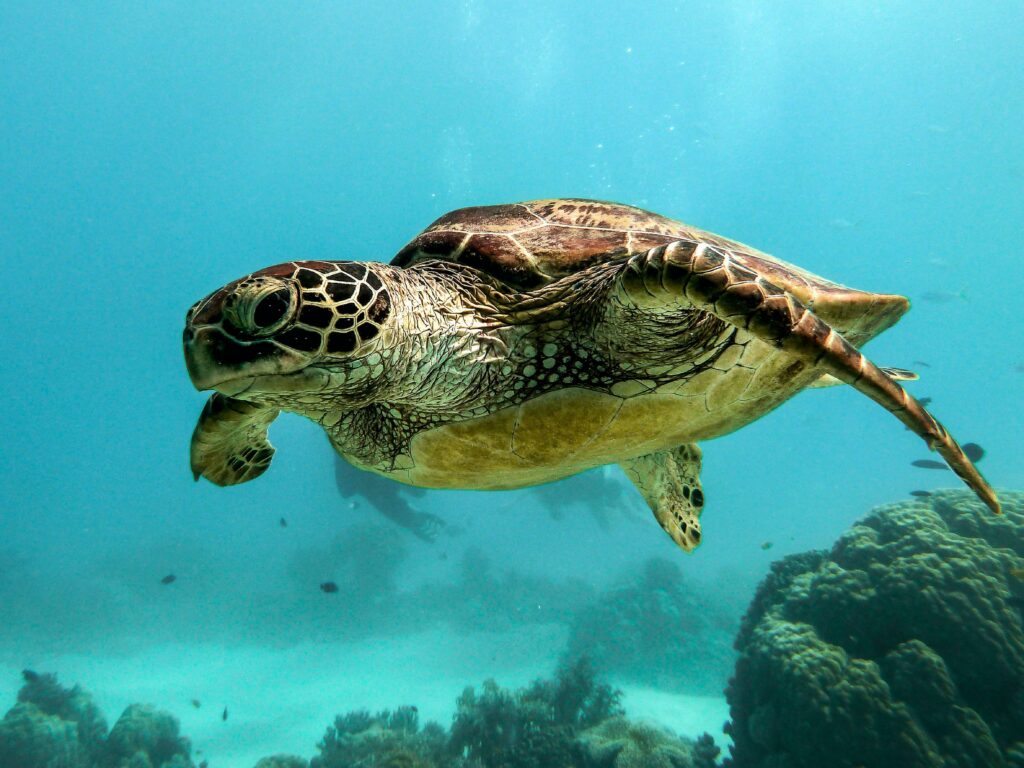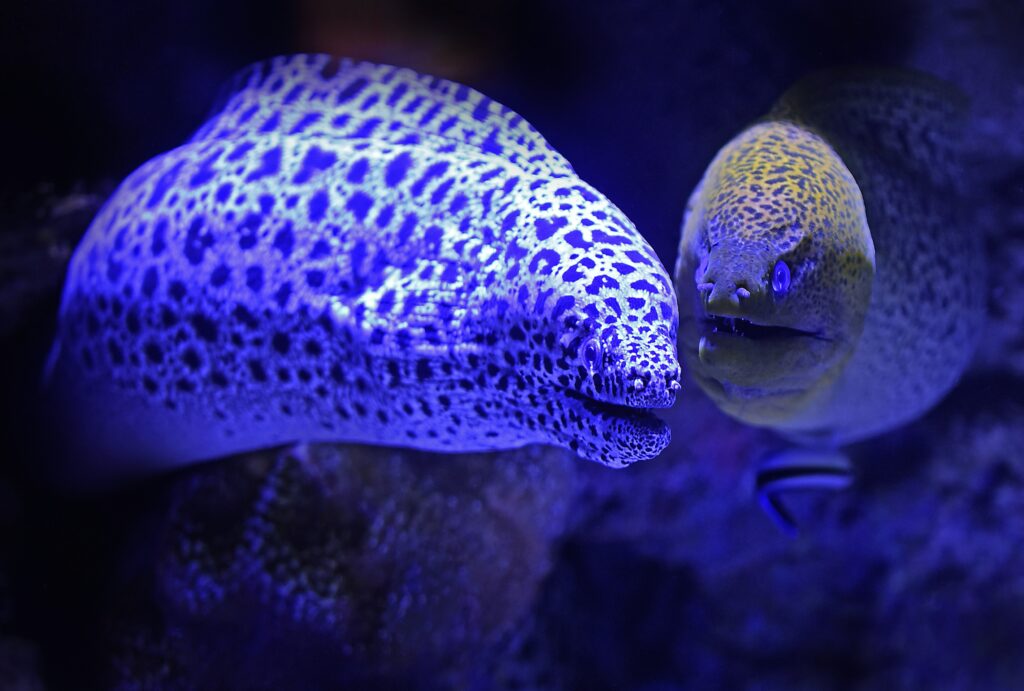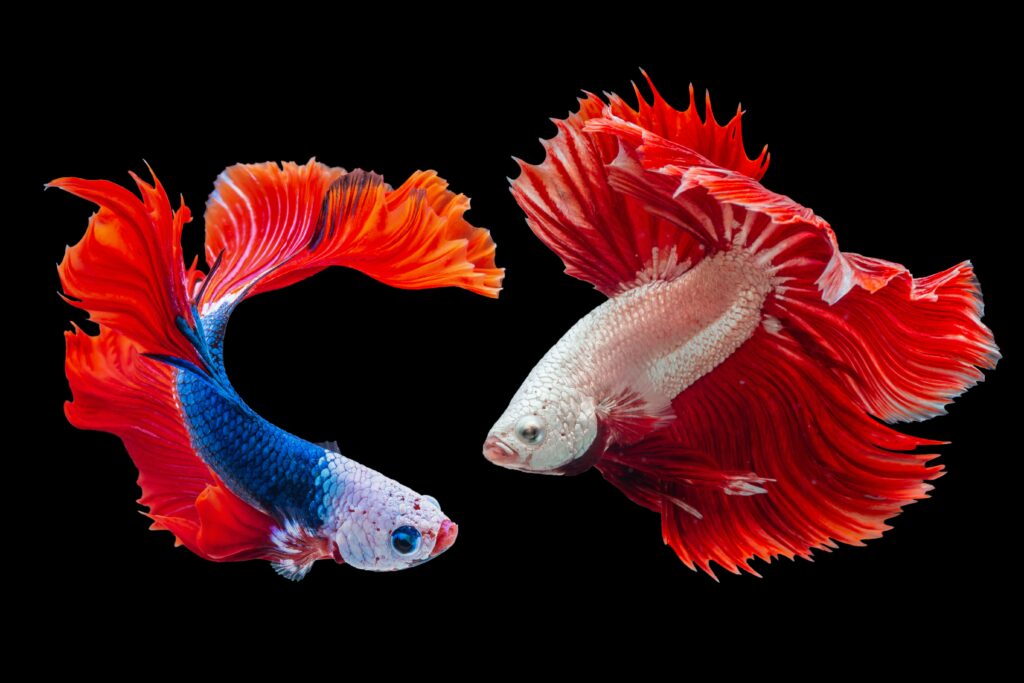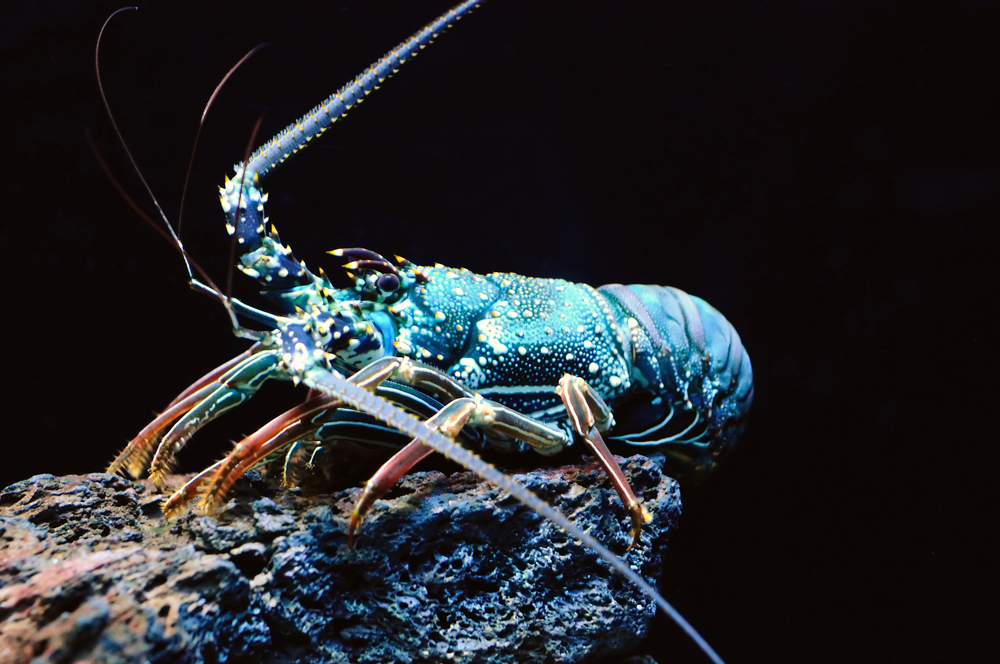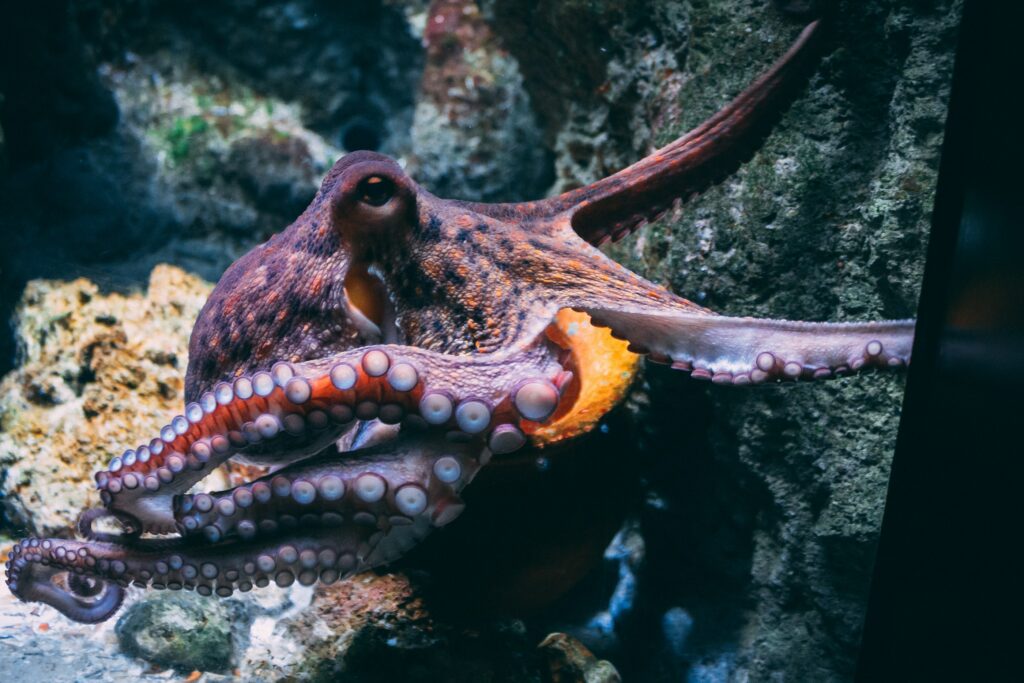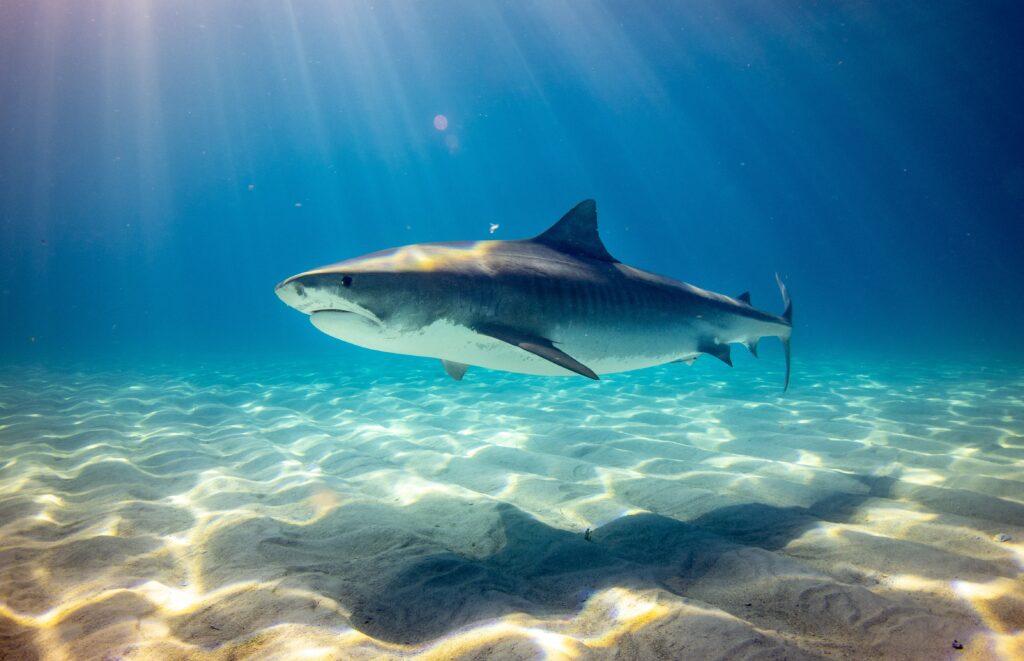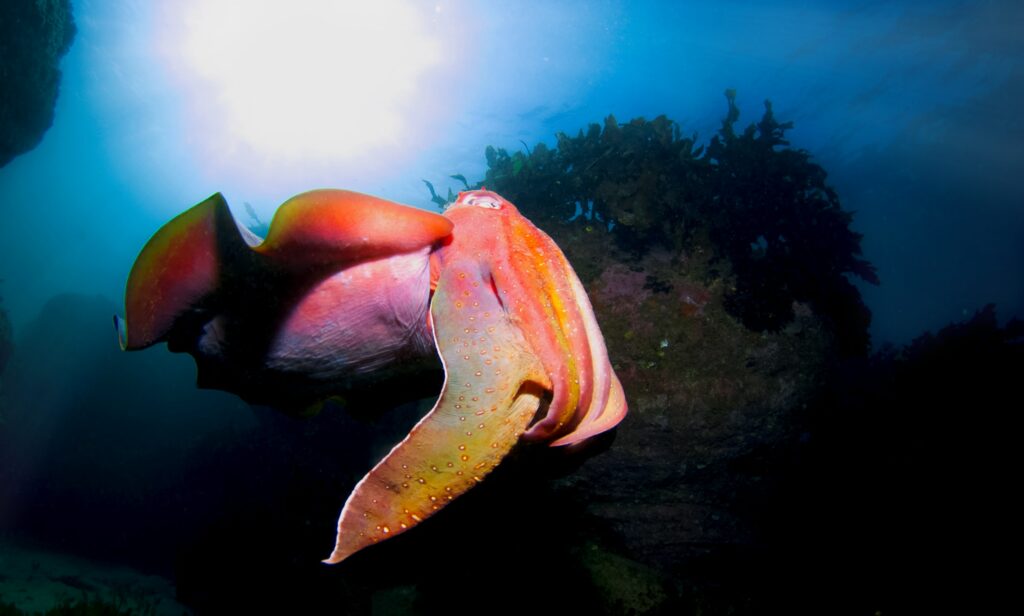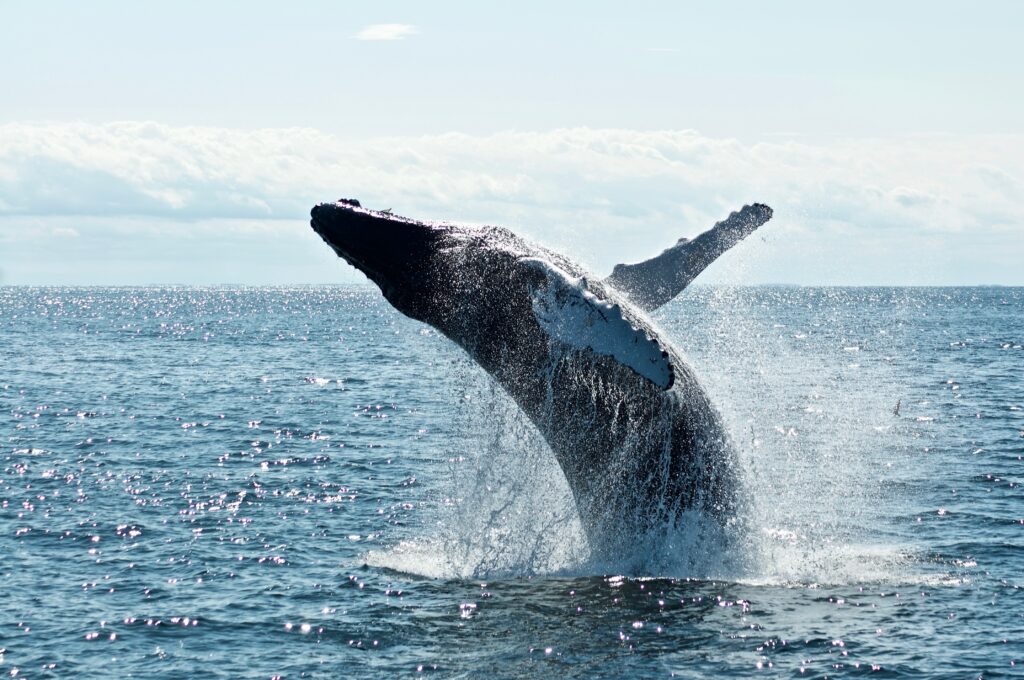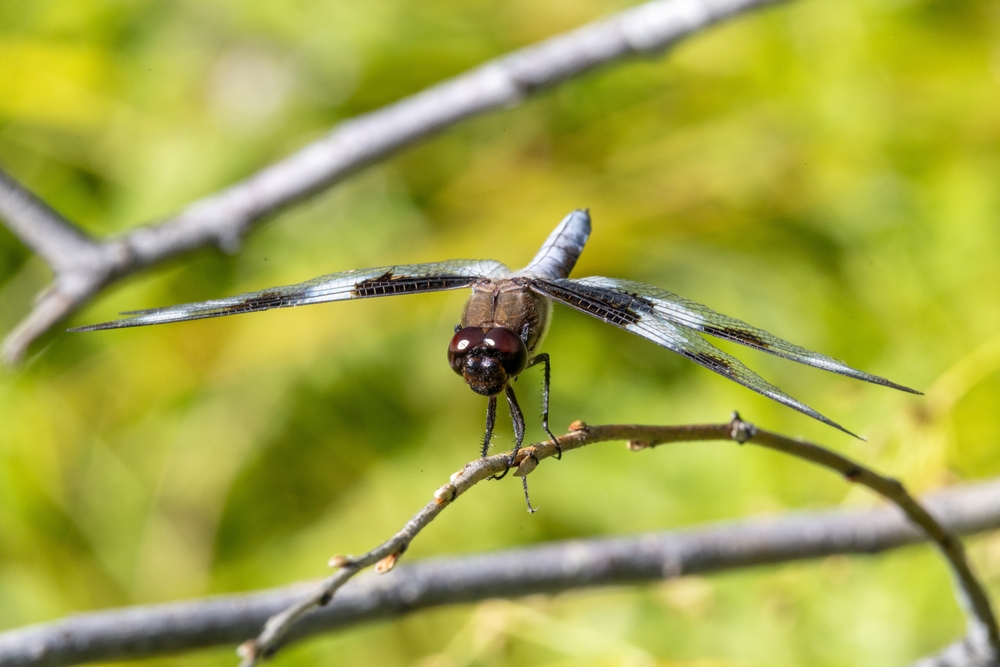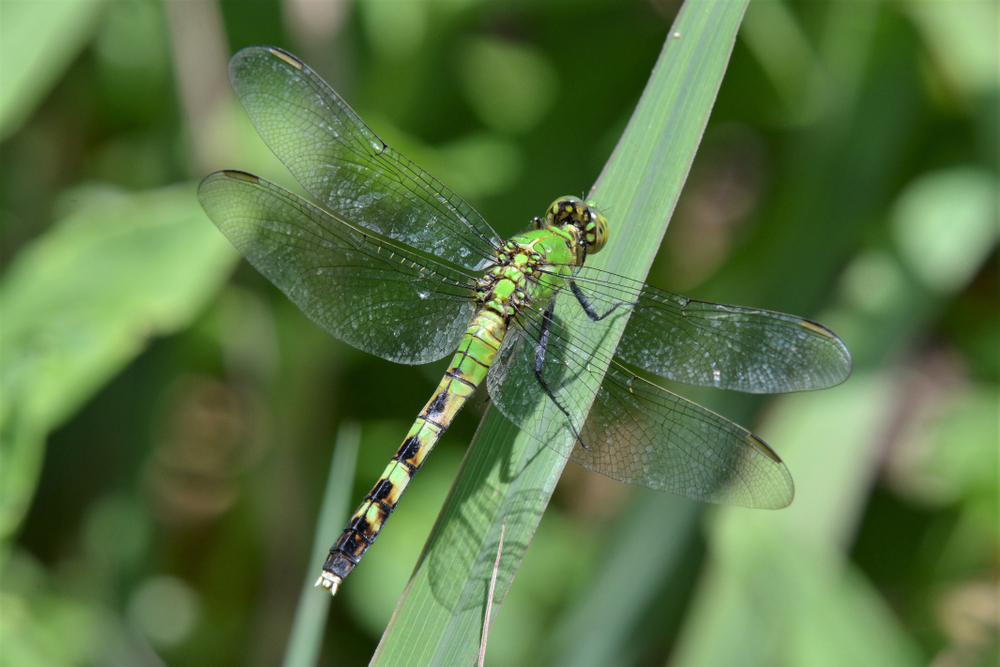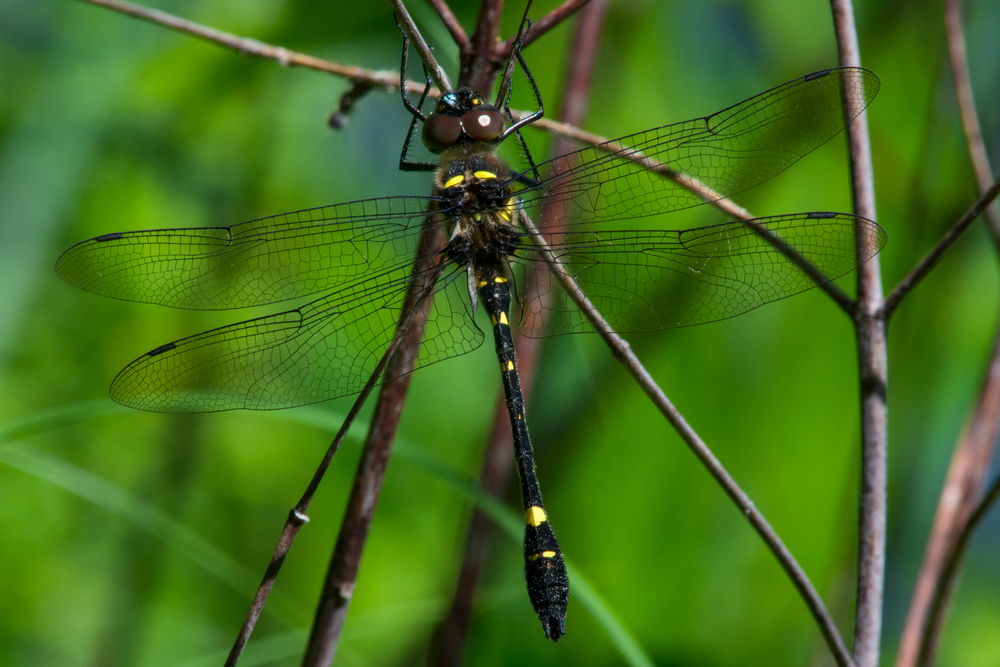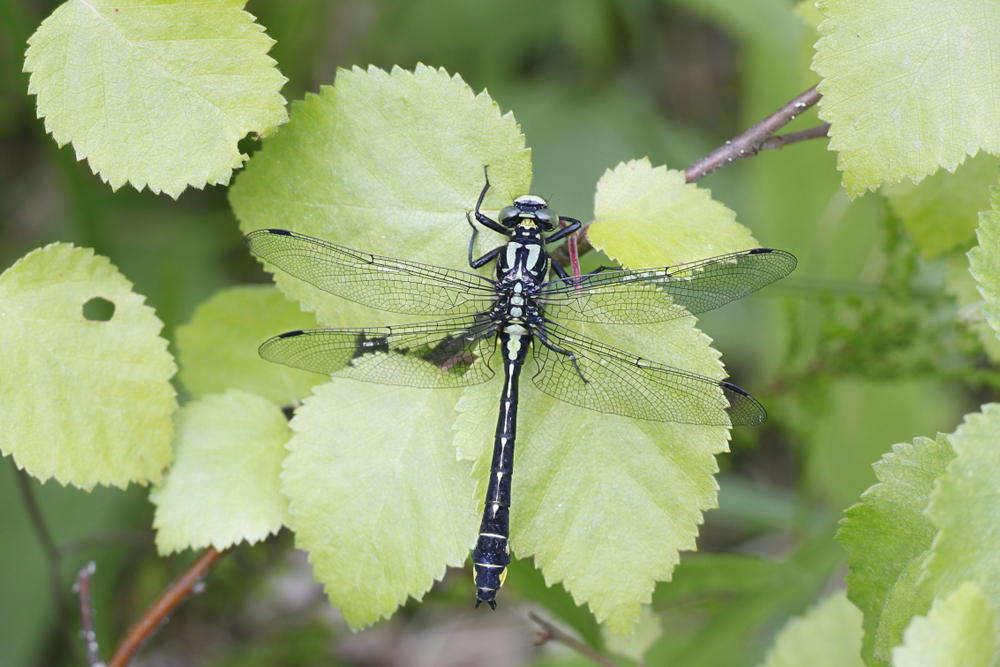The twelve-spotted skimmer (Libellula pulchella) belongs to the skimmer family (Libellulidae). Its closest relatives are other Libellula dragonflies, such as the eight-spotted skimmer (Libellula forensis) and widow skimmer (Libellula luctuosa), which share similar wing patterns.
About
The Twelve-Spotted Skimmer (Libellula pulchella) is one of North America’s most recognizable dragonflies, admired for its bold wing patterns and graceful flight. It belongs to the family Libellulidae, commonly called the skimmers, which is the largest dragonfly family worldwide. Found across much of the United States, southern Canada, and parts of Mexico, this species thrives around ponds, lakes, and marshes where vegetation provides cover and perching spots.
Adults measure about 2 inches (5 cm) in length, with wingspans up to 3 inches (7.5 cm). Their most distinctive feature is the striking wing pattern: each wing has three dark brown spots, totaling twelve across all four wings, which inspired their name. Mature males add a touch of brilliance with white patches between the dark spots and powder-blue abdomens, while females and immatures retain more muted brown and yellow coloration.
Twelve-Spotted Skimmers are agile aerial hunters, feeding on mosquitoes, flies, gnats, and other small insects. Their large, multifaceted eyes and swift flight make them efficient predators, while their frequent perching allows for easy observation.
The life cycle begins when females deposit eggs by dipping their abdomens into still water. Aquatic larvae (naiads) live hidden among mud and vegetation, preying on aquatic insects, small fish, and tadpoles. After one to two years of development, they emerge as winged adults in summer.
As common and widespread dragonflies, Twelve-Spotted Skimmers play a vital ecological role in controlling insect populations and serving as prey for birds, frogs, and fish. Their striking appearance also makes them a favorite among dragonfly watchers and photographers.
Blending beauty with ecological importance, the Twelve-Spotted Skimmer is a shining example of how even common dragonflies enrich wetland ecosystems.
Physical Characteristics
The twelve-spotted skimmer is a medium-sized dragonfly, well known for its bold wing markings and striking appearance.
Body:
It has a sturdy, moderately elongated body with a dark brown to black abdomen. Males often show light bluish-white pruinescence (a powdery coating) on the abdomen, giving them a frosted look.
Coloration:
The thorax is brown with pale yellow stripes along the sides. The abdomen is dark with pale lateral spots in juveniles, while adult males develop a bluish cast.
Wings:
Their most distinctive feature is the wing pattern: each wing has three black spots—at the base, midpoint, and tip—making a total of twelve spots across all four wings. Mature males also have white patches between the black spots, giving the wings a checkered appearance.
Head and Eyes:
They have large, multifaceted eyes that nearly touch at the top of the head, providing excellent vision for detecting prey and rivals.
Size:
Adults measure about 1.7–2 in (43–50 mm) in length, with a wingspan of 3 in (75 mm).
Weight:
They are lightweight, typically less than 1 g, which aids their agile flight.
The twelve-spotted skimmer’s bold wing markings and frosted male abdomen make it one of the most easily recognized and visually striking dragonflies in North America.
Reproduction
The twelve-spotted skimmer follows the typical dragonfly reproductive cycle, with strong territorial males and aquatic development of young.
Mating and Courtship:
Males establish territories along pond and lake edges, perching on stems or branches while patrolling for rivals and females. When a receptive female appears, the male grasps her behind the head using claspers, forming the classic dragonfly “wheel position” during mating.
Egg Laying (Oviposition):
After mating, females lay eggs alone, without male assistance. They hover low over the water and repeatedly dip the tip of their abdomen into the surface, releasing eggs directly into the water.
Eggs and Development:
Eggs hatch into aquatic larvae (naiads) within several days to weeks. The larvae live in the muddy or vegetated bottoms of ponds and slow waters.
Larval Stage:
Naiads are ambush predators, feeding on aquatic insects, mosquito larvae, and small invertebrates. They grow over months to years, depending on climate, molting multiple times.
Emergence and Adult Stage:
When ready, naiads climb onto stems or rocks and molt one final time, emerging as winged adults. Adults live only a few weeks to months, focused on feeding and reproduction.
The twelve-spotted skimmer’s reproductive strategy—territorial males, egg-laying in open water, and long aquatic larval stages—ensures survival in ponds and lakes across its range.
Lifespan
The twelve-spotted skimmer, like most dragonflies, spends the majority of its life as an aquatic larva before emerging as a short-lived adult.
Lifespan in the Wild:
In natural conditions, the larval (naiad) stage lasts 1–2 years, depending on climate and food availability. This stage is critical for growth and survival, with larvae living in the muddy or vegetated bottoms of ponds and lakes.
Adult Stage:
Once they emerge as winged adults, their lifespan is much shorter, typically 4–6 weeks. During this time, they focus on feeding, territorial defense, mating, and egg-laying.
Lifespan in Captivity:
They are not typically kept in captivity due to their aquatic larval stage and short-lived adult phase, but in controlled settings, lifespans follow the same general pattern.
Threats to Longevity:
Larvae face predation from fish, amphibians, and aquatic insects, while adults are hunted by birds, spiders, and larger dragonflies. Habitat loss and pollution also threaten populations.
The twelve-spotted skimmer’s lifespan is dominated by its larval stage, with the brief but vibrant adult phase completing its life cycle.
Eating Habits
The twelve-spotted skimmer is a skilled predator, feeding on a wide range of prey during both its aquatic larval and aerial adult stages.
Diet (Larvae/Naiads):
As aquatic larvae, they consume mosquito larvae, aquatic insects, worms, tadpoles, and even tiny fish. They use extendable, hinged mouthparts to snatch prey with lightning speed.
Diet (Adults):
Adults are aerial hunters, capturing mosquitoes, flies, gnats, moths, and other small flying insects midair. They chew prey with strong mandibles while flying or perched.
Feeding Behavior:
Naiads are ambush predators, lying in wait in mud or vegetation to strike at passing prey. Adults are active hunters, patrolling over ponds and meadows, catching prey with spiny legs that form a basket-like trap.
Role in the Ecosystem:
They play a vital role in controlling insect populations, especially mosquitoes, and are themselves prey for birds, frogs, and larger dragonflies.
The twelve-spotted skimmer’s dual feeding habits—ambush predator as a larva and agile aerial hunter as an adult—make it an important predator in freshwater ecosystems.
Uniqueness
The twelve-spotted skimmer is one of the most recognizable dragonflies in North America, thanks to its bold wing markings and distinctive behavior.
Wing Markings:
Each of its four wings carries three black spots, totaling twelve, which give the species its name. Males also develop white patches between these spots, creating a striking checkered pattern in flight.
Sexual Dimorphism:
Males are more vividly marked than females, with the added white wing patches and a bluish-white “frosted” abdomen, while females retain brownish abdomens with yellow side stripes.
Conspicuous Flight:
Unlike many dragonflies that stay near cover, twelve-spotted skimmers patrol openly over ponds and meadows, making them easy to spot and identify.
Perching Habits:
They are frequent perchers, often returning to the same stem or branch after patrolling, which makes them favorite subjects for dragonfly watchers and photographers.
Ecological Role:
They are efficient predators of mosquitoes and other small flying insects, contributing to pest control in wetland and meadow ecosystems.
The twelve-spotted skimmer’s bold wing patterns, visible flight, and frosted male appearance make it one of the most unique and iconic dragonflies of North America.
Be the First to Share Photos of This Species.
FAQ’s
1. What species is closest to the twelve-spotted skimmer?
2. How does the twelve-spotted skimmer compare to other species in the same family?
Compared to other skimmers, it is larger and more boldly patterned. The twelve-spotted’s combination of three dark wing spots per wing plus the male’s white patches makes it one of the easiest to identify.
3. What national parks provide the best opportunities to see a twelve-spotted skimmer?
They are widespread across North America and can be seen in protected areas such as Yellowstone National Park, Everglades National Park, and Great Smoky Mountains National Park, especially near ponds and marshes.
4. In what parts of the world can you find twelve-spotted skimmers?
This species is native to North America and is found throughout the United States, southern Canada, and parts of northern Mexico, inhabiting wetlands, ponds, and marshes.
5. How many types of twelve-spotted skimmers are there?
There is only one recognized species, Libellula pulchella. However, the family Libellulidae includes over 1,000 species worldwide, many with similar spotted wing patterns.
